Q
—from Jasmin Joyner, Gary Comer College Prep
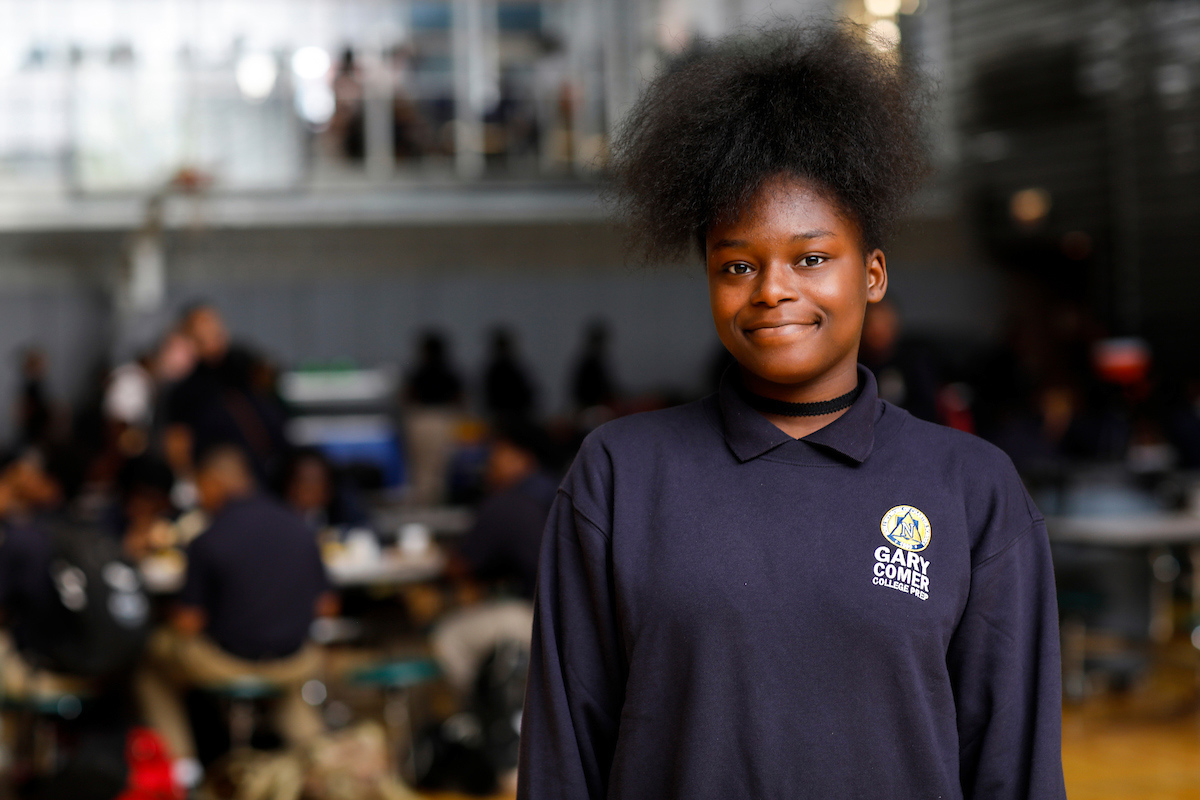
A
—from Jess Adkins, California Institute of Technology
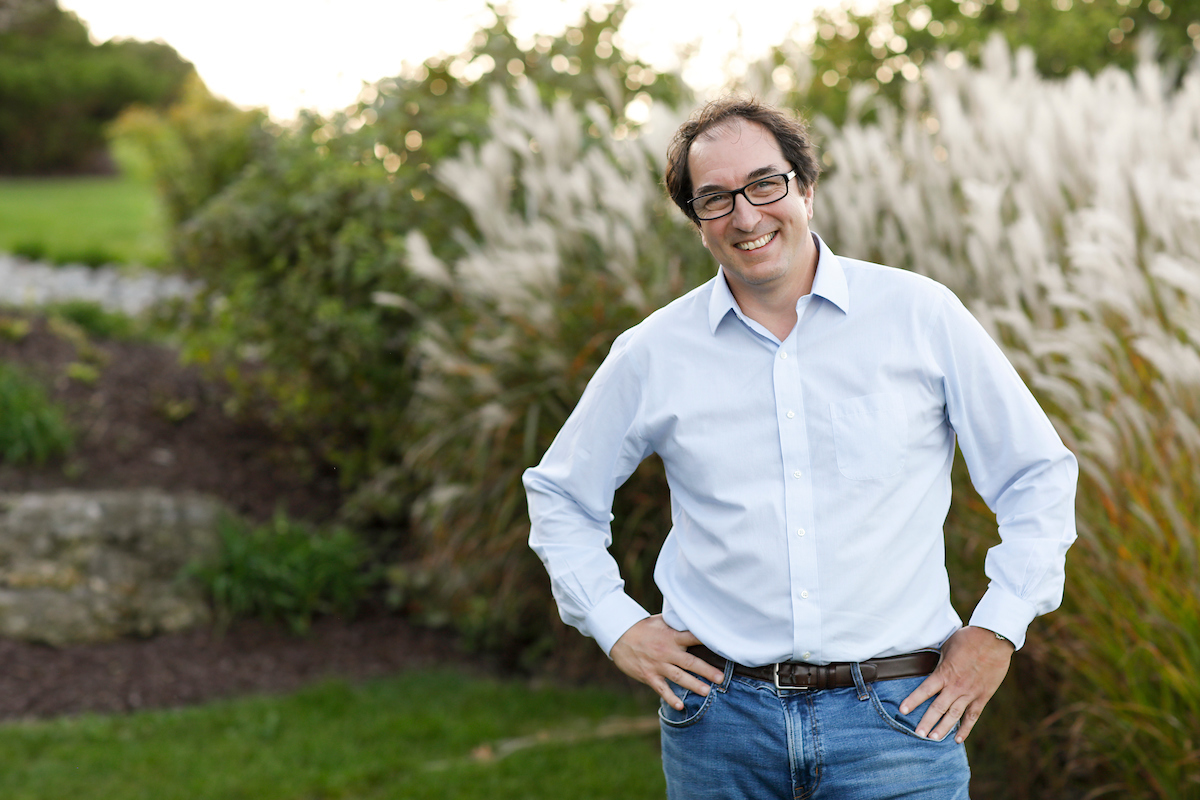
I think we've got a shot at solving the CO2 problem. We understand the natural processes that lead to CO2 going up and CO2 going down. We know what the earth is going to do in response to all this fossil fuel burning, because it has done it many times before when volcanoes let off more CO2. As carbon dioxide builds up in the atmosphere, more of it is adsorbed into the ocean and is then carried by the circulation to the bottom where the acid in CO2 reacts with the base in the CaCO3 sediments to make a neutral salt of bicarbonate ion. However, that’s going to take tens of thousands of years to happen once we stop emitting CO2. We can think about ways to engineer that process in the same way we've engineered the burning of fossil fuels, which is the extraction of carbon out of rocks and putting them into the atmosphere. We can match that rate by reacting CO2 with limestone that we can mine. If we do this in ocean water so that we take a gas and solid, react them together, we would make slightly saltier water just like the planet is going to do.
A
—from Rebecca Beadling, University of Arizona
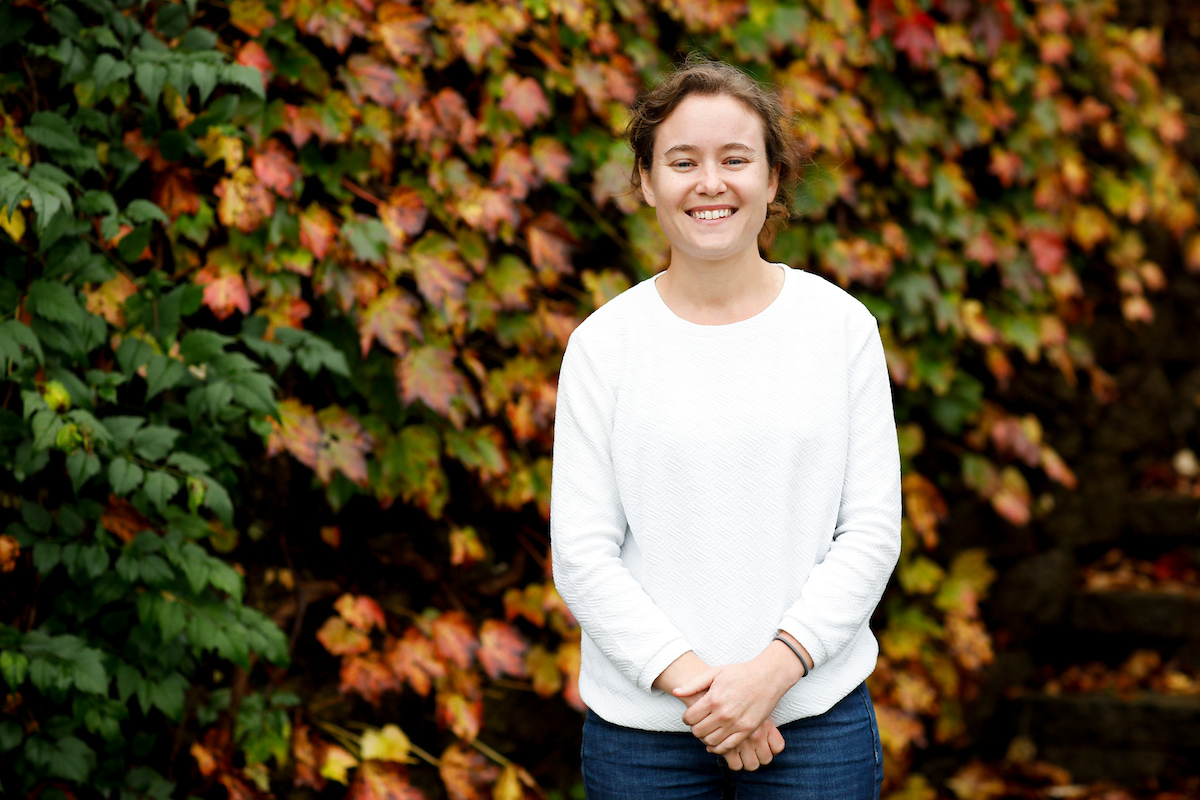
I think one universal problem that we can solve with the work that I do is that we're all really concerned with what we need to be prepared for in the future, and how we can better plan and develop mitigation strategies. My work focuses on analyzing or evaluating climate models that are used to make those future projections. The overall goal of my research is to compare the models against real-life observations to get an idea of how well these models represent the world. We can work towards building better models in order to reduce uncertainty about what the future might be.
Q
—from Nina Harris, Gary Comer College Prep
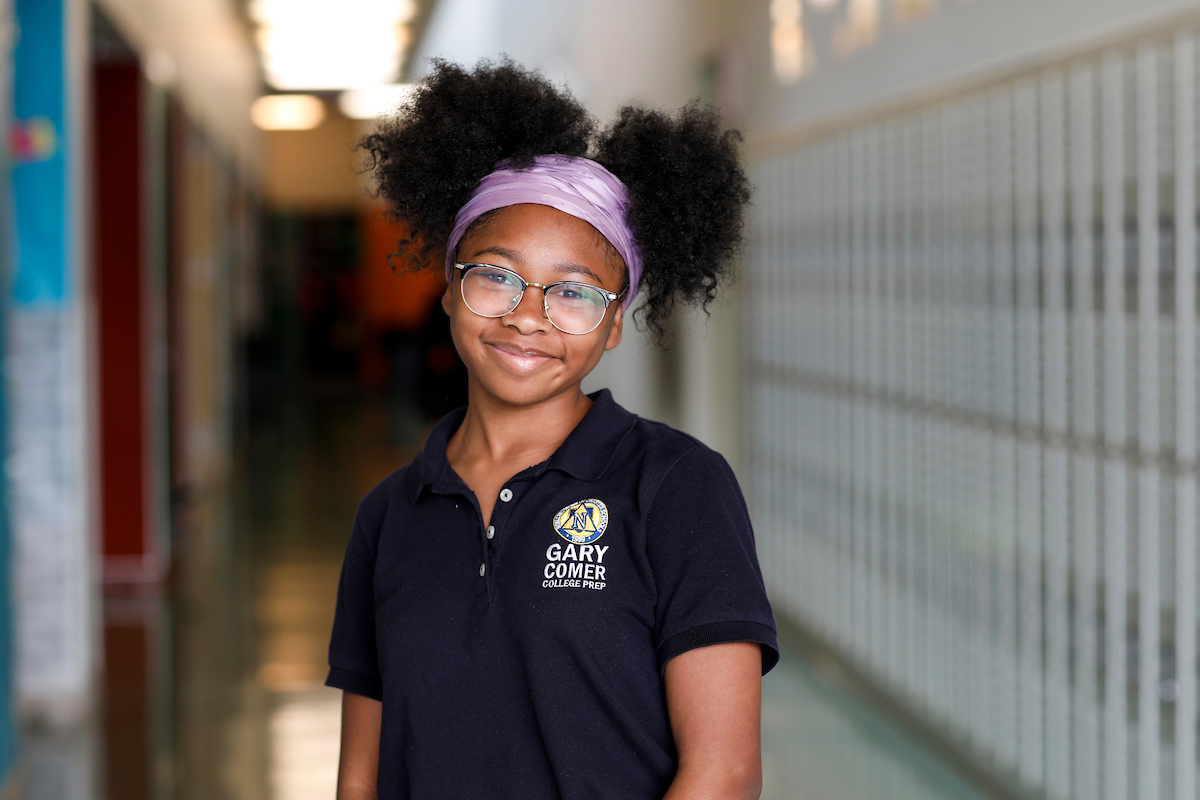
A
—from Frank Pavia, Columbia University
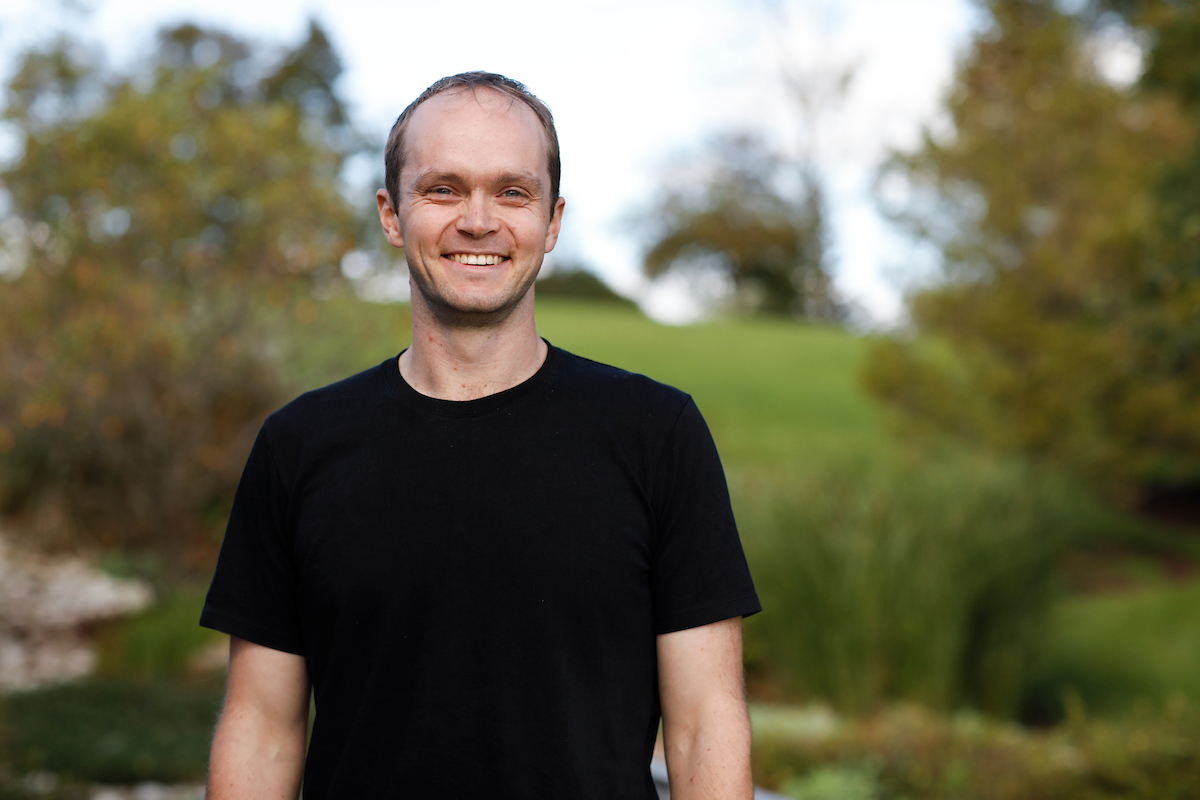
"If you knew all the answers to the questions, there would be no reason to study them."
I think that that's the part that's really exciting and invigorating. If you knew all the answers to the questions, there would be no reason to study them. The idea that you don't know the answer to something induces a lot of self-doubt. But then you realize that no one else knows the answer either. It's a responsibility that you have to take on. If you were going to provide an answer to an unknown question, you’d have to be reasonably certain that you're right, otherwise you can mislead people. If you're not completely certain, you have to be able to convey your degree of certainty. I like this question in particular by the way it was phrased, which is specifically how does it feel? Scientists are often portrayed in popular culture like unfeeling calculators or robots. I think the way that science gets done is on a personal level, having easy discussions with other people. The consequences of your work do matter. How does it feel to study the unknown? It's super exciting. And it's the reason why I do science.
A
—from Joellen Russell, The University of Arizona
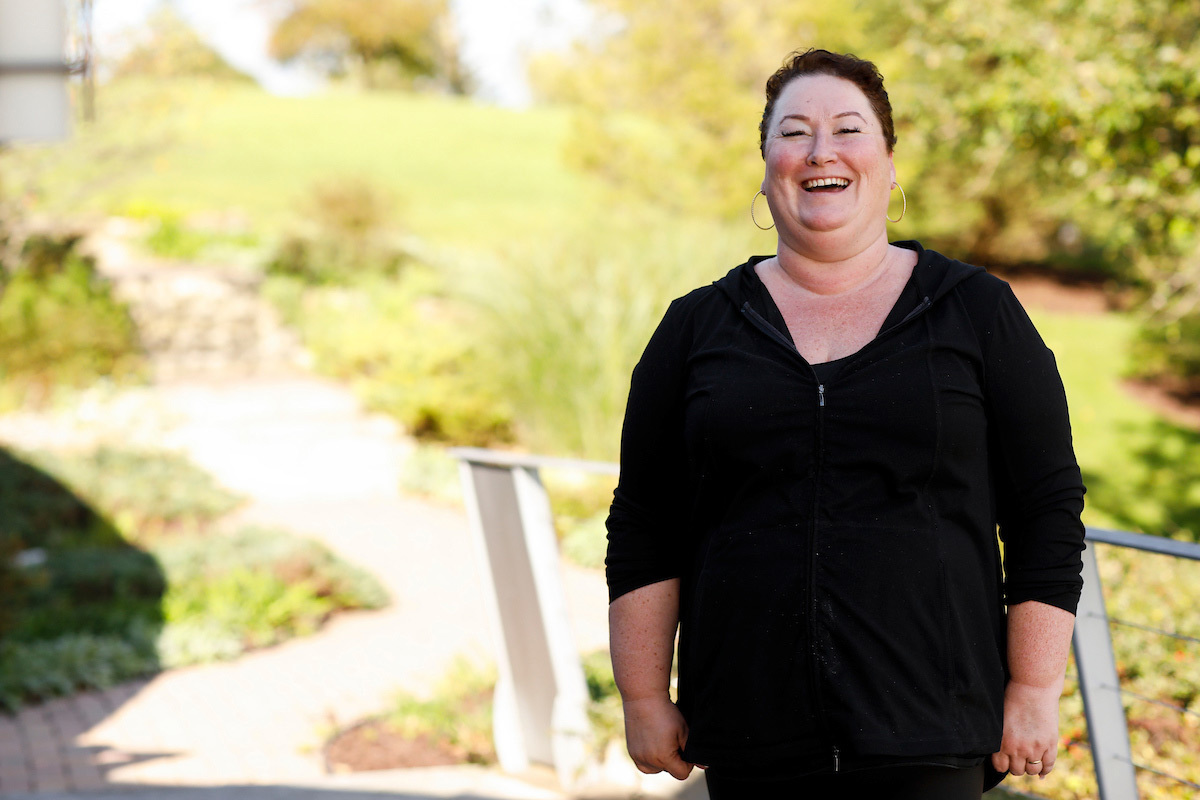
"Teaching young people is about trying to get them to come out to the edge because the unknown is the future."
That's a legitimate science question. As research scientists, we study things in books, things that are very well known. You're basically repeating things that other people have done. In graduate school, you start to crawl out on the edge of where we've ever been, what we've ever done, what we've ever measured, what we understand. It feels exposed and tremendously dangerous to be out here on the tippy edge of what humanity has ever achieved. It’s a little bit scary. And it's also like being on a roller coaster. It's thrilling. Some people grip really hard, like, "Oh, this is scary." I tend to be one of those people with hands up saying “Whoooooo!" Shakespeare called the future the “undiscovered country.” The place we've never been. Because, in fact, we crawl out, and we see what we can do. And then we find out, "Was I right?" Teaching young people is about trying to get them to come out to the edge because the unknown is the future. They are my window to the future and I'm their window to the past. They can never go back and experience what I did. I can never go forward and experience what they do. But, together in a class, we collaborate to create the future of all of us. I'm just trying to get these young, amazing people ready to tackle not just the frontier of knowledge, but to create the world that they want to live in and that they want their grandchildren to live in.
Q
—from Rebecca Allen, Gary Comer College Prep
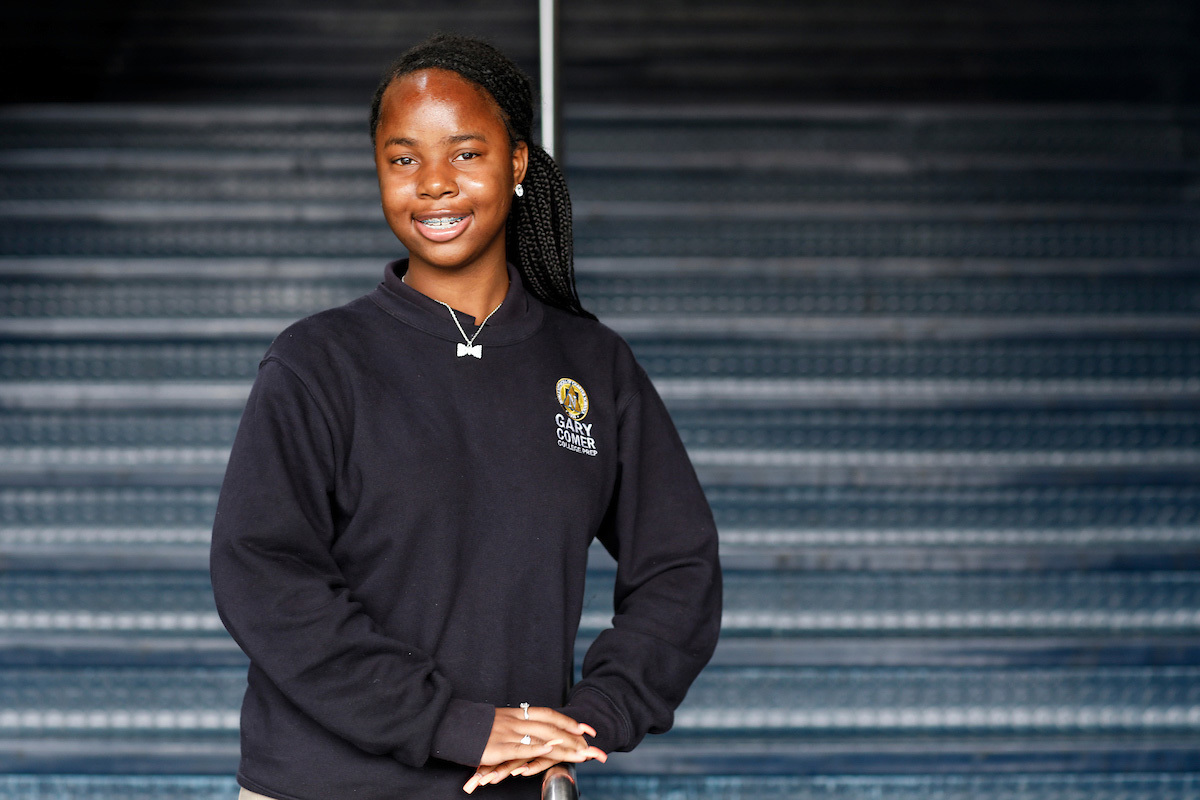
A
—from Jean Lynch Stieglitz, Georgia Tech
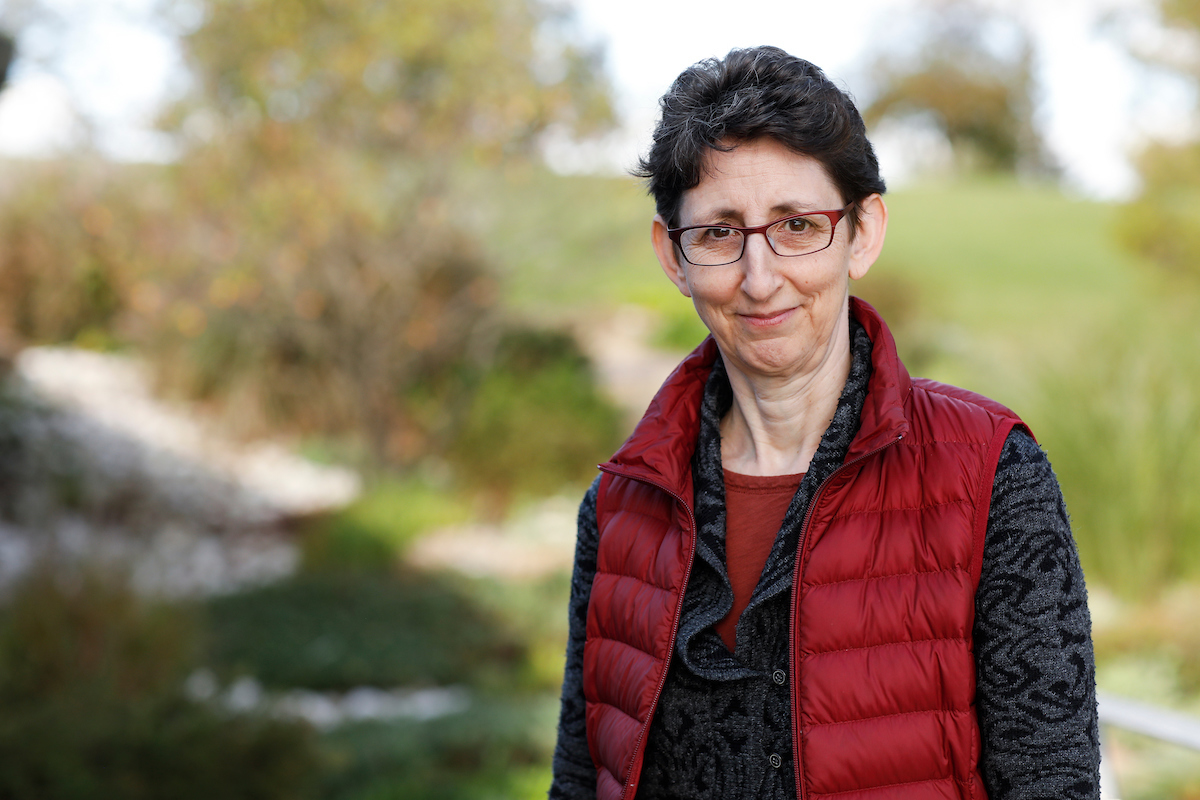
"Wherever humans have gone, we've changed the environment."
That’s a really interesting question because humans have been on the earth for a long time---modern humans for hundreds of thousands of years, and other hominid species for millions of years before that. What happened when humans spread from Africa, where they came from, to other parts of the globe? Here in North America, there were animals at that time that we don't have anymore, like wooly mammoths, giant sloths, saber-toothed tigers, armadillos the size of an elephant and other truly fantastic creatures. They were called the Pleistocene megafauna. They disappeared right about the time that humans arrived, 10 to 12 thousand years ago, and most scientists believe that humans were responsible for their extinction. In Australia, there were giant marsupials and birds that were much bigger than any ostrich or emu that we have today. It's fun to think about the megafauna. The whole ecosystem changed when the megafauna disappeared since these grazers and carnivores were no longer there to do their jobs . The newly arrived humans, especially with their ability to harness fire, also had an impact on the ecosystem. So to imagine what the Earth would be like without humans, we need to go back tens of thousands of years and picture the time when the Pleistocene Megafauna ruled. We certainly have a much larger footprint on the earth now than we did tens of thousands of years ago. But wherever humans have gone, we've changed the environment.
Q
—from Benneth Franklin & Roy Wilson, Gary Comer College Prep
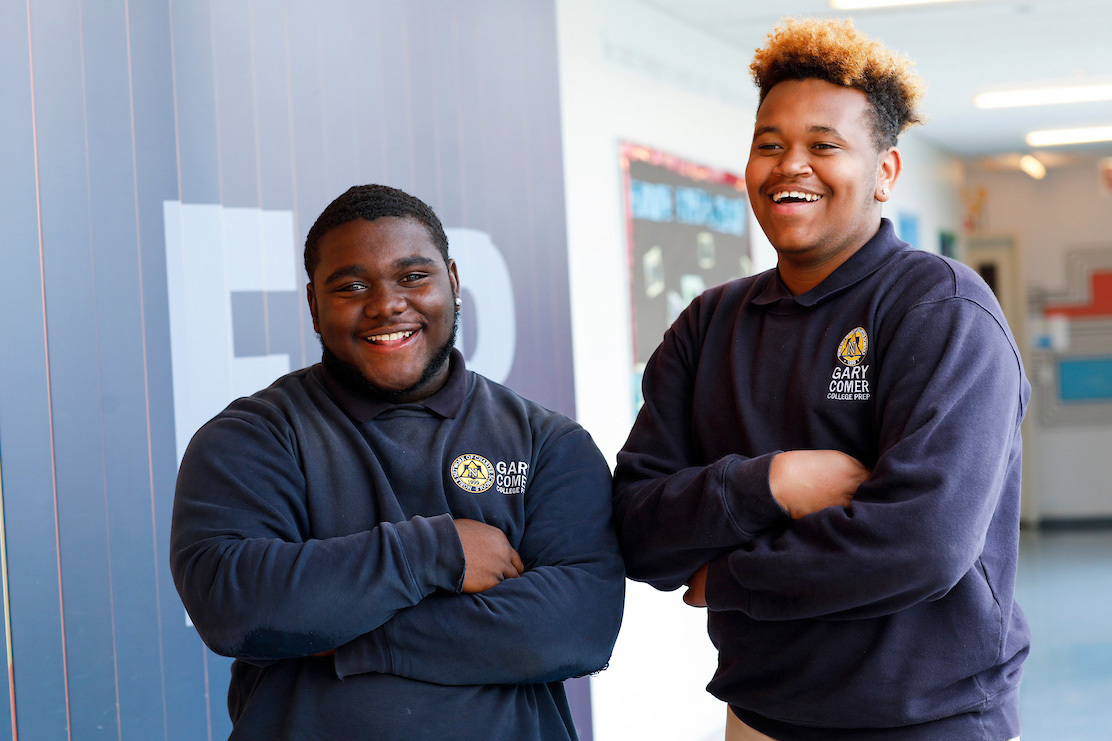
A
—from Thomas Lowell, University of Cincinnatti
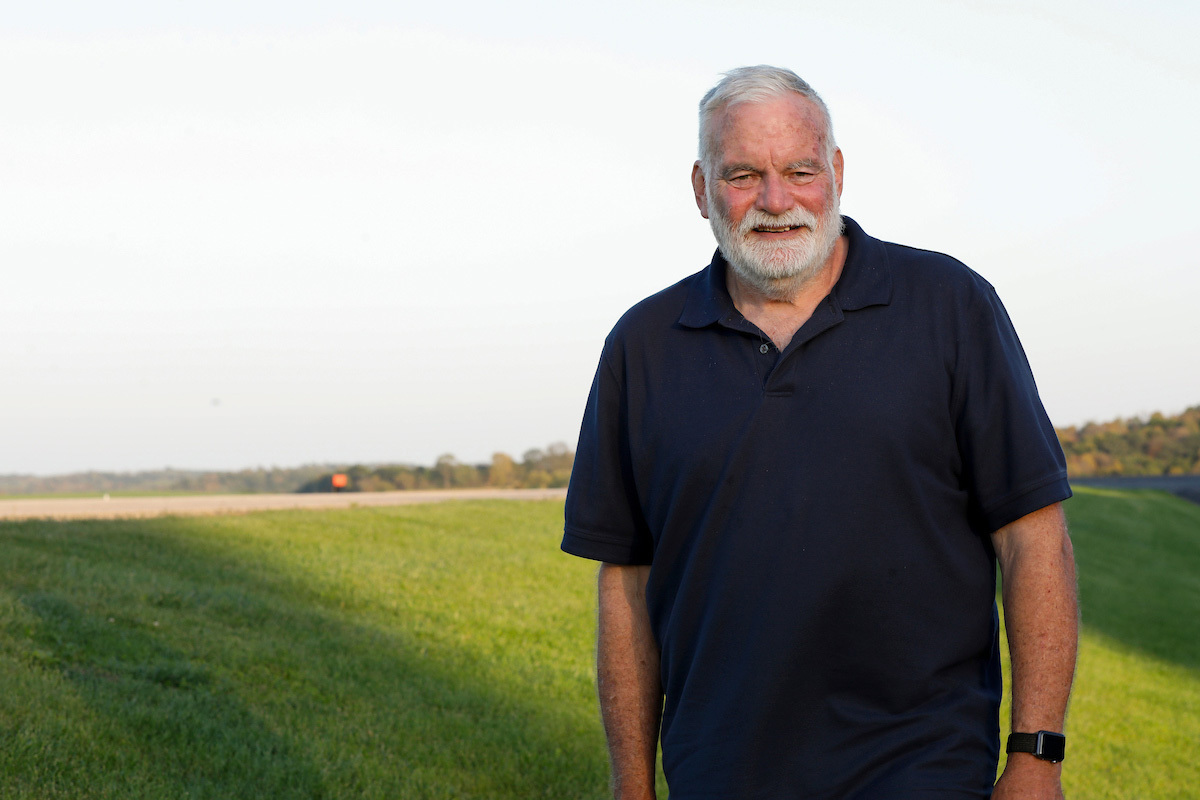
"Chicago already has extreme temperatures, but the water might be the thing to keep an eye on."
Yes, climate change will impact Chicago. The “how” is a little tricky. Chicago’s geologic history reveals that there were much larger lakes than Lake Michigan. Many structures built in Chicago are on lake sediments, which are not the best foundations for building. Lake Michigan is isolated from ice sheets so its level is not necessarily going to increase from sea level rise. Changes in precipitation patterns will have a more daunting impact, changing the levels of Lake Michigan and affecting the shorelines and the intersection of the lake and the Chicago River. We're already starting to see those changes The problem in an urban area, and particularly an area that's flat, is how to get rid of the water. Cities have engineered sewer storm drain systems to remove a lot of water. But if water increases dramatically, it doesn't have any place to go. My best guess, if we look back in 50 years, precipitation will have changed enough that the City of Chicago will have had address it in some fashion. Chicago already has extreme temperatures, but the water might be the thing to keep an eye on.
Q
—from Kiana Kali, Comer Crops Crew
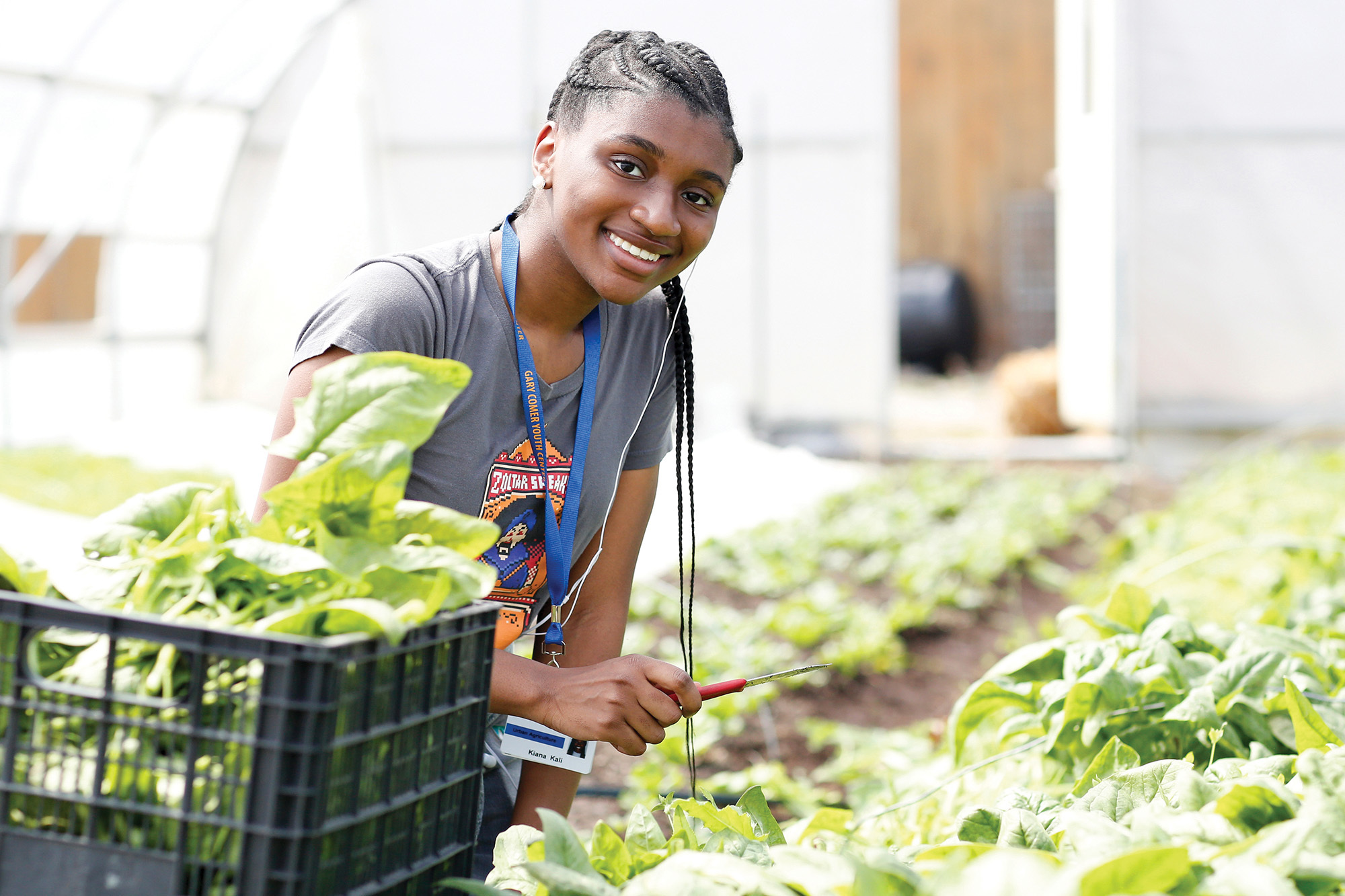
A
—from Carly Peltier, Columbia University
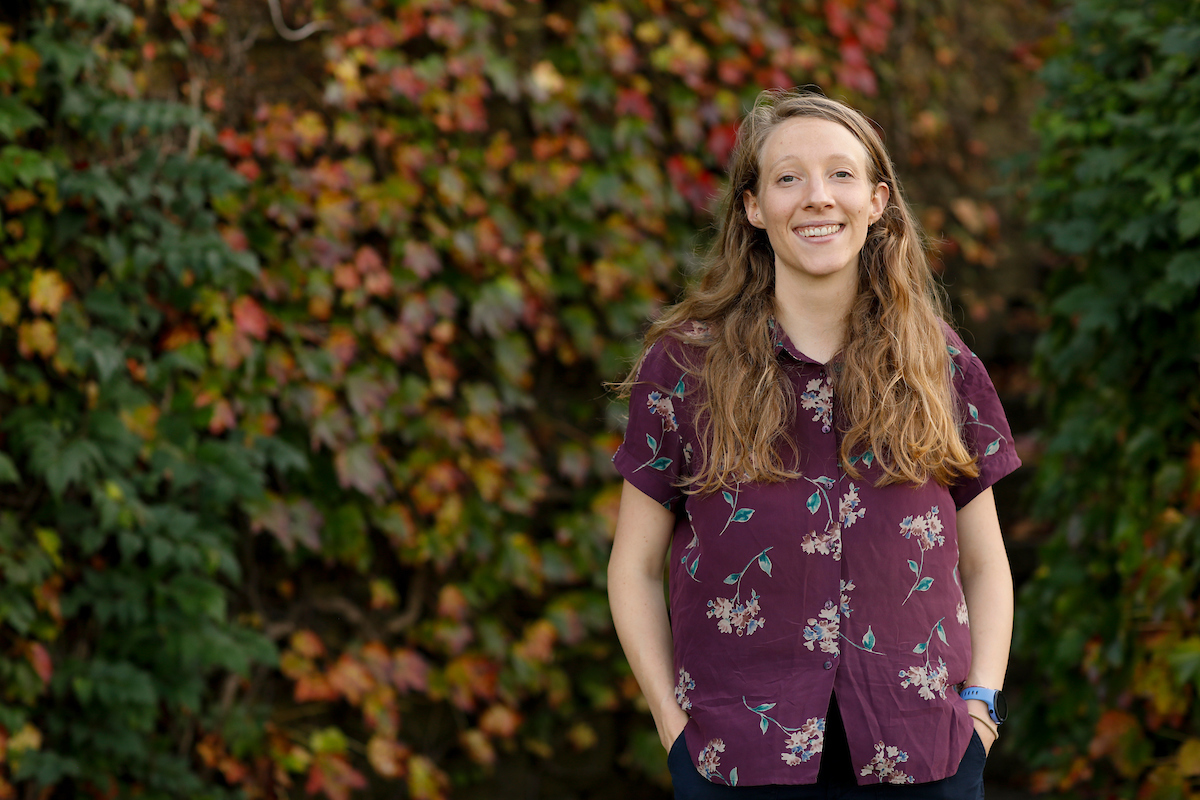
"So many of the solutions to climate change also have amazing collateral benefits to society."
We absolutely can still save the environment. The first and most important step is to stop pumping so much CO2 into the atmosphere by transitioning from fossil fuels to renewable energy and by becoming more efficient with our energy use. This is going to be very hard because powerful companies will do whatever it takes to make sure we don’t stop buying their fossil fuels. If we all step up to take the issue on, I think we could come out of the other side of the climate crisis having made society much better. So many of the solutions to climate change also have amazing collateral benefits to society. It’s a challenge, but it's also a real opportunity to improve everyone's lives.
Q
—from Anthony Bonds, Comer Crops Crew
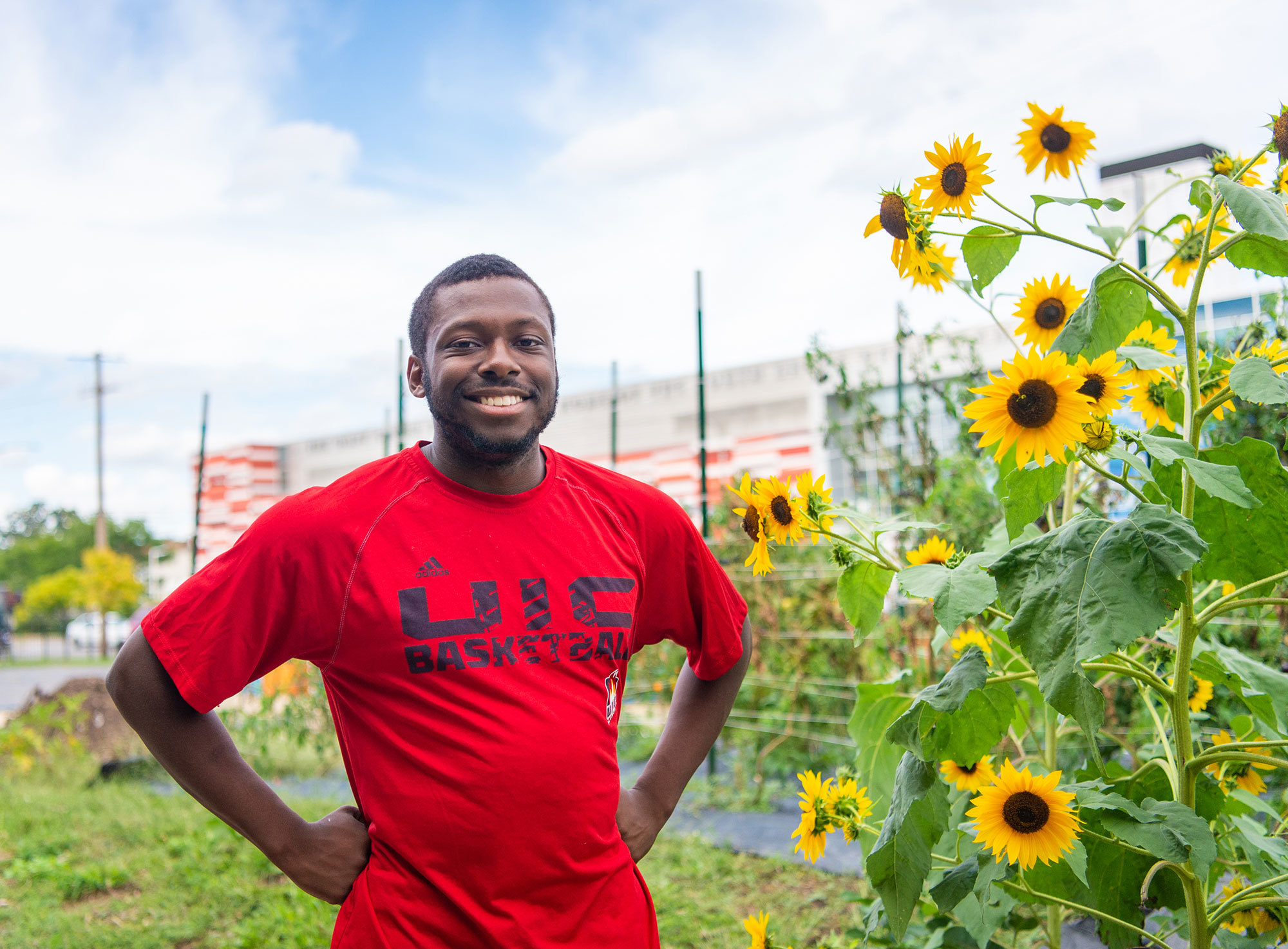
A
—from Shannon Valley, Georgia Tech

"You may be able to help draw the connections between what we know scientifically and what they're seeing outside their windows."
There are many reasons why some people are hesitant about the evidence. One issue is that fear around the idea that if we are responsible for climate change, then what do we do about it? And, what those actions imply for the decisions that we need to make. When I worked with members of Congress, they told me, "I get it. I trained in science. I have science advisers. But, I was sent to Congress to do X, Y and Z. I can't lose jobs because we need to move away from certain industries in order to reduce greenhouse gas emissions." Sometimes, it was worthwhile to talk to them about things going on in their district. If it's an agricultural issue, you could discuss the impact climate change has on agriculture that affect livelihoods of the people they represent. There are things happening that are obvious. We see more devastating storms. You don't have convince anyone, but you may be able to help draw the connections between what we know scientifically and what they're seeing outside their windows. The important thing in talking to folks who are more skeptical is to understand that to persuade people, you need to acknowledge their concerns and their values, and what changing their mind might mean to them. Someone who may not consider themselves a conservationist may recognize nearby power plants emit CO2 and cause disproportionate health effects within their communities. Sometimes it's just a matter of saying, "You know what? Forget about climate change. Reducing emissions that further climate change can also help your community by removing other add-on effects." When it comes to politicians, you’ve got to speak to the issues, and promote the understanding that climate change is a multifaceted and complicated issue. There are opportunities to improve lives holistically through jobs and social justice while addressing climate change.
Q
—from Ammon Styles, Comer Crops Crew
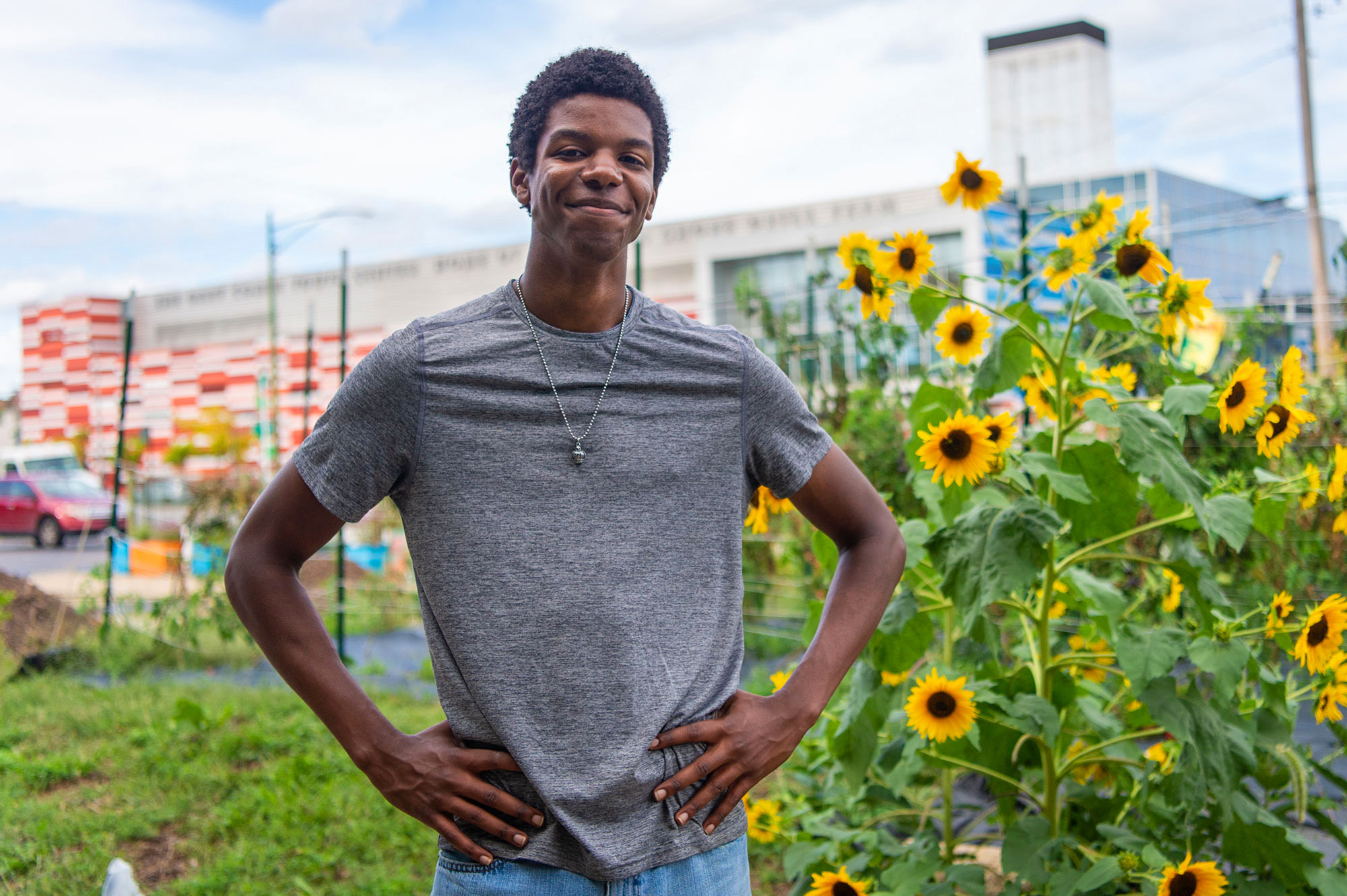
A
—from Alice Doughty, Bates College
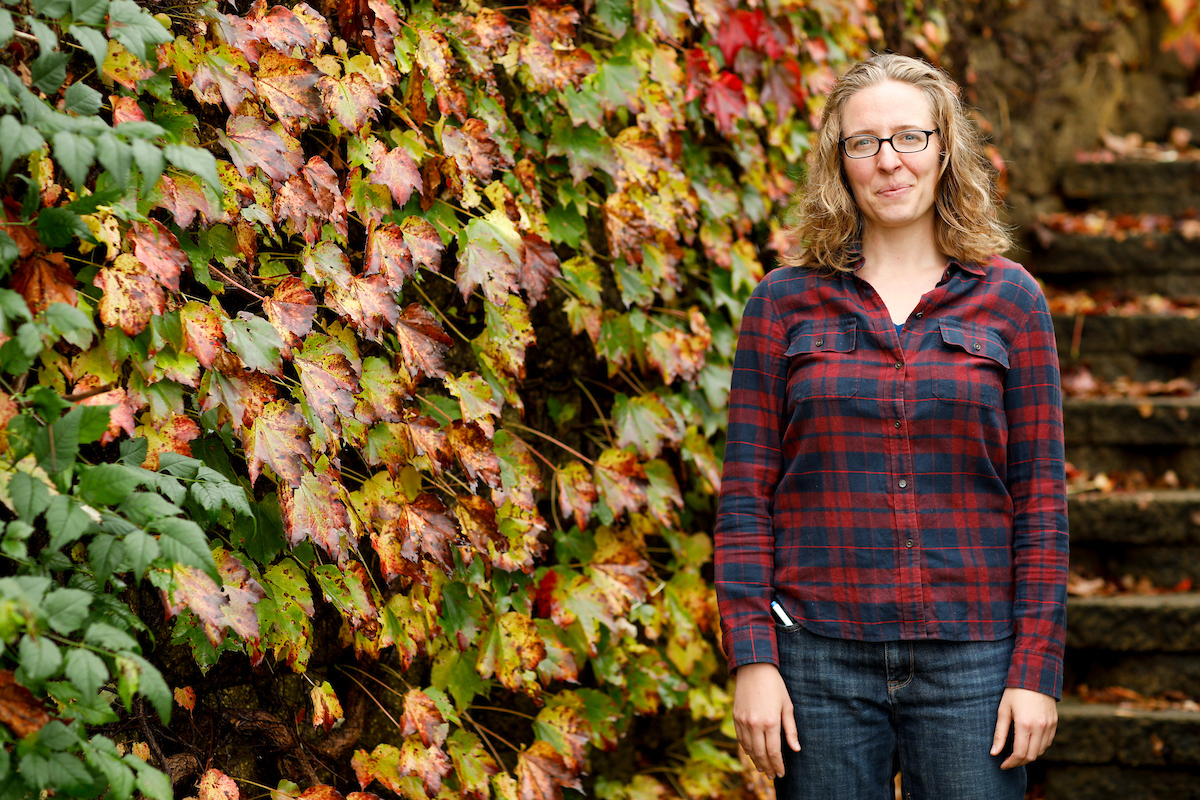
"With something so big, it's hard to think that you have any impact on it. If there are more people around you who are passionate, it can become contagious."
My mother asked a similar question. "Can you give me ten points that I can give to friends that would help them not only understand the issue and believe the science, but motivate them to do something about it?" I'm still working on that list, because it's challenging. Conversations are the best way to allow people to ask questions and to address them in the most genuine and understandable way. Take advantage of opportunities to talk with others about what makes you passionate about climate change, about the concerns that you have. Outreach with kids is important because the more they understand, the more passionate they are, they're going to open a dialogue with their parents. Voting is obviously huge, but there are kids who want to help before they are old enough to vote. Art is a great form of communication. Gardening is an excellent way of engaging people with climate, the environment, remembering where food comes from. The more people feel a part of the planet, the more they care about what's going on. People have a lot of questions and there's a lot of misleading information out there. With something so big, it's hard to think that you have any impact on it. If there are more people around you who are passionate, it can become contagious. Suddenly, there are loads of rooftop gardens, and people using public transportation. Raising awareness and finding a way to engage people in a way that doesn't make them defensive, makes them feel like part of something, and that they have the power. I think those are all really big motivators.
Q
—from Tyler Traylor
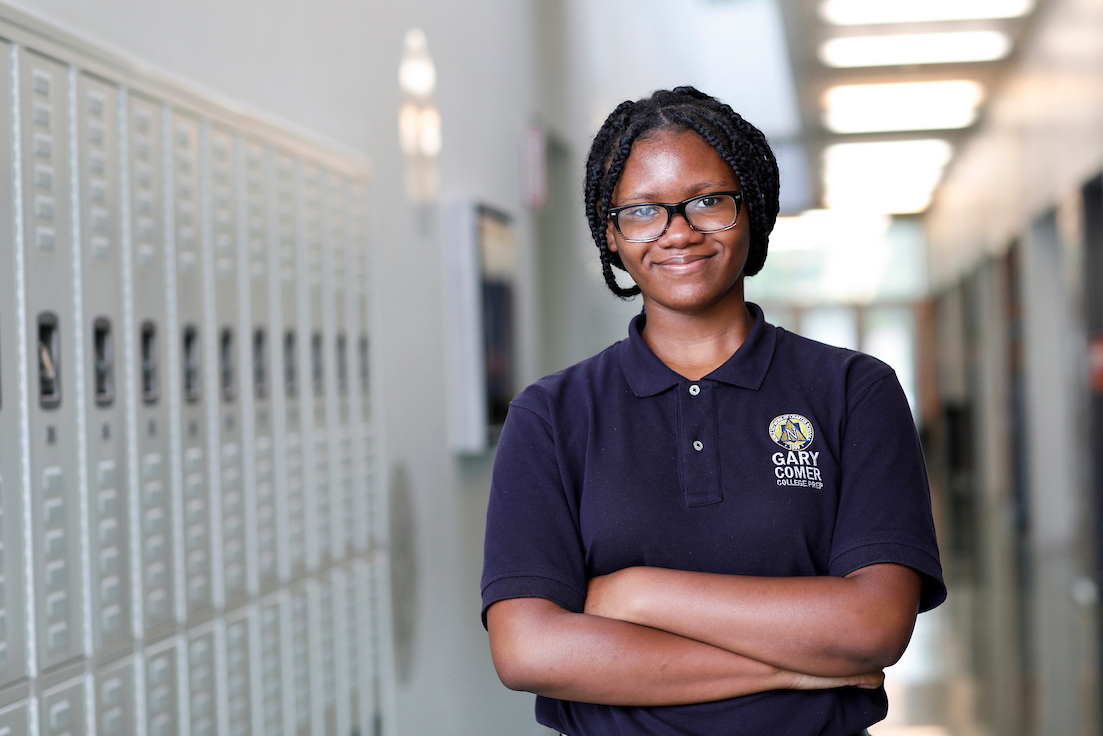
A
—from Minda Monteagudo, Georgia Tech
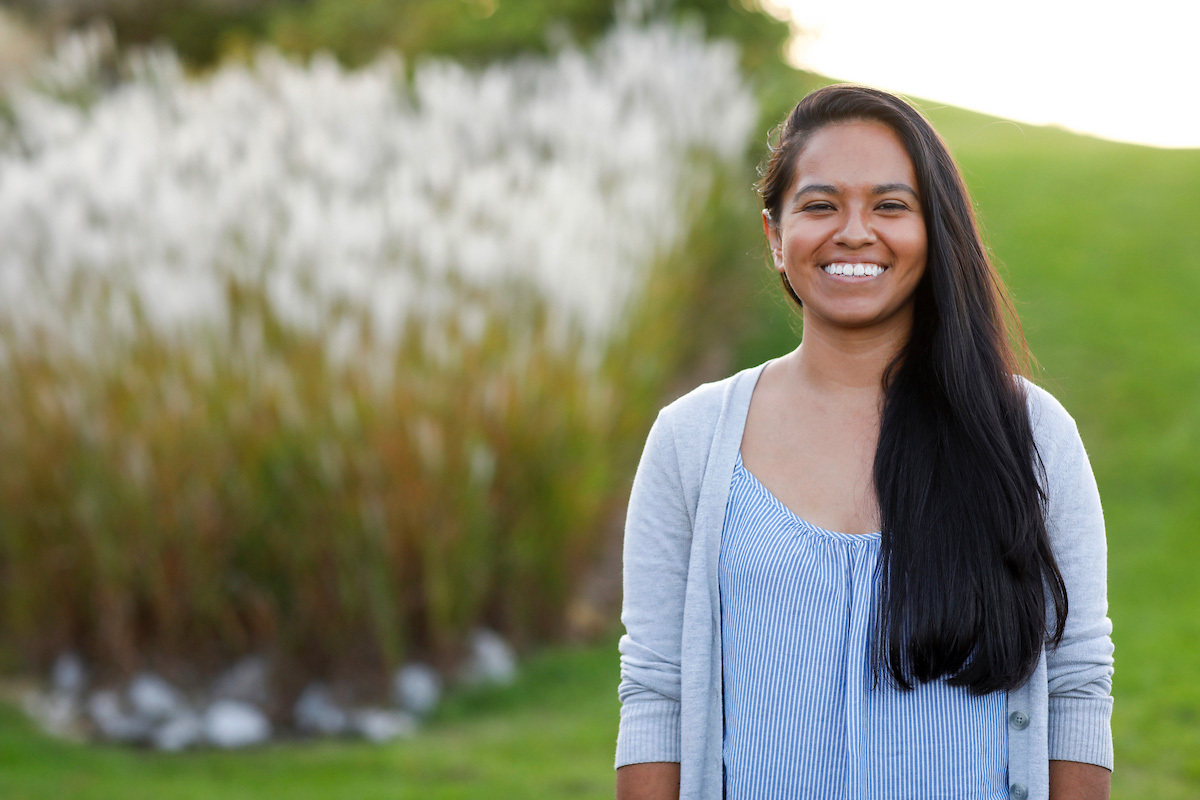
"I did not grow up thinking that I was going to be a scientist."
I did not grow up thinking that I was going to be a scientist. I didn't start doing scientific research until my junior year of college. I'm first generation American and college student. I had a professor who saw that I was really curious and asked me if I wanted to try doing research. I always really enjoyed school, but I didn't really understand what being a scientist was. It wasn't until somebody took me under their wing and allowed me to start doing science that I had an idea that this was something I enjoyed and could do. And it's so easy, especially if you're a minority, to feel as though this space isn't for me and I’m failing at it and to have this image of other people just automatically succeeding, which is not true. But, I don't think you're told that.
A
—from Gordon Bromley, National University of Ireland, Galway
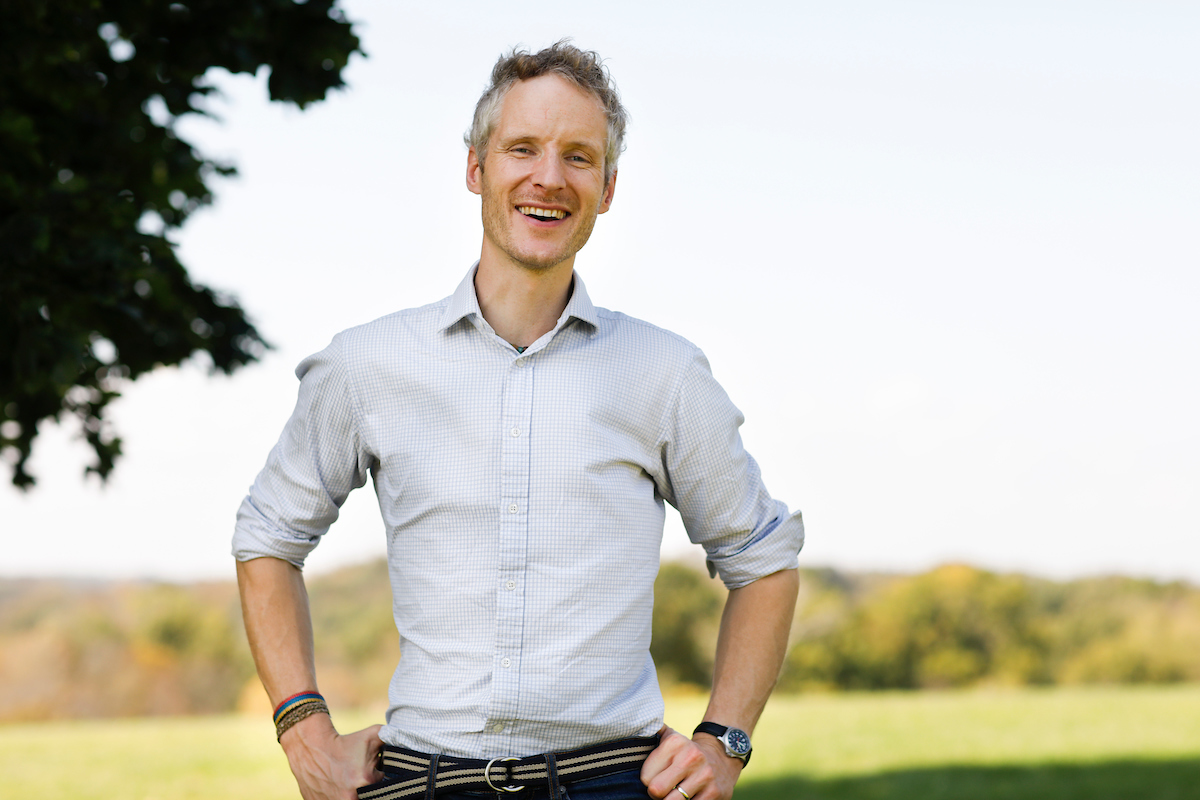
"I think it must have been in my mid 20s when I finally thought, wow, I'm a scientist now."
I don’t remember when it switched from just daydreaming about what it was like in the past, with these great big glaciers in places that there aren’t now, to actually thinking scientifically. I remember being beguiled by the university prospectus for my undergrad because it had pictures of geography students in the mountains. And I thought, all right, I'll do this. I'll do physical geography. I'm not quantitative. I don't like numbers very much. I struggle with them actually. But this got me out in the field and reading landscapes. Only when I got to University of Maine at around 22, my new supervisor said, "You're a geologist now." And I thought, oh, okay. It was still a number of years after that that I realized that even though I don't wear a lab coat very often, I'm addressing things scientifically. It's a method. It's not really defined more than posing a well thought out question, and then having an experiment, which is not always beakers full of acid. This is a scientific way of thinking. I think it must have been in my mid 20s when I finally thought, wow, I'm a scientist now.
Q
—from Lawrence Perteete
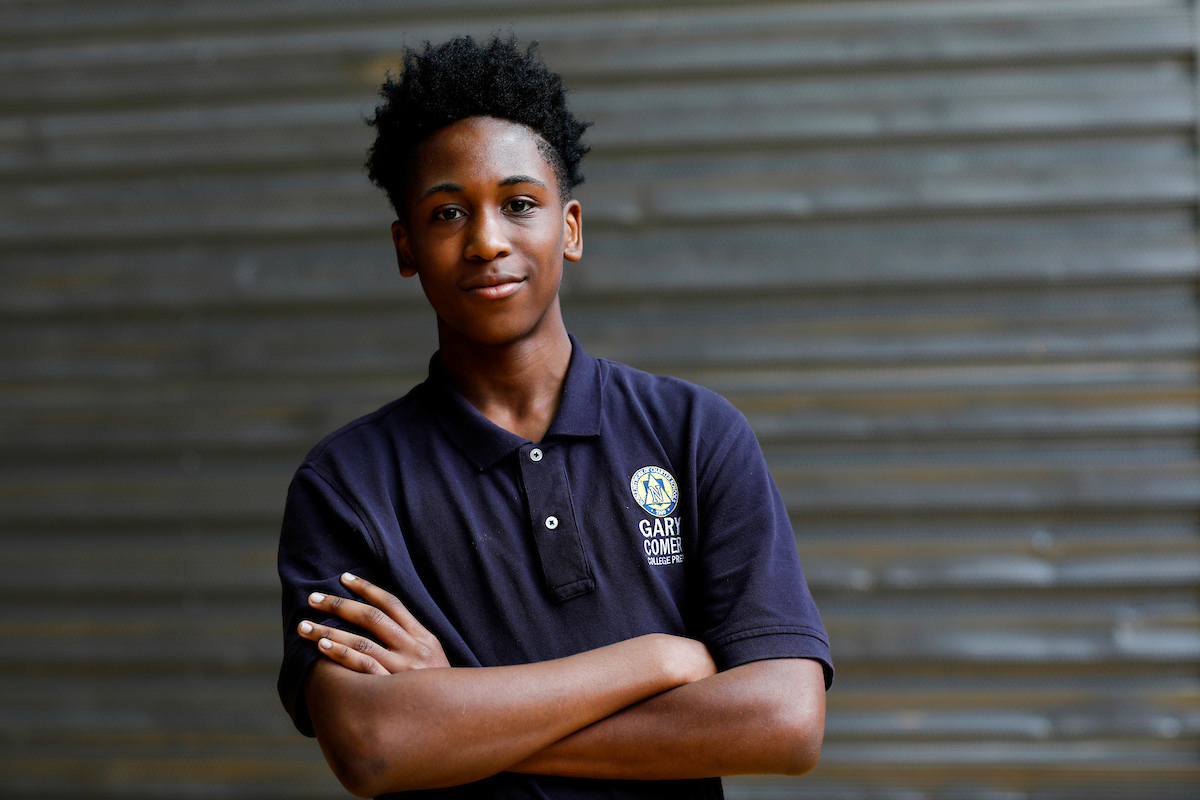
A
—from Shannon Valley, Georgia Tech

"I only regret having the feeling that because I had challenges early on in science that it wasn't for me."
I went into undergrad thinking I wanted to do some kind of environmental or earth science, and also maybe a double major in International Studies. I took my first Chem 101 course at Northwestern, which is a really challenging school, and flunked out of it. And I thought “oh, no, this is maybe not the right path for me.” So, I did political science. I graduated around the time that the Obama campaign was getting started. I worked with his campaign in 2008, and then joined his administration as a legislative liaison between NASA scientists and engineers and Congress. I answered Congress's questions about NASA’s work, how NASA spent taxpayer money, and shared scientists’¬ stories. That was really cool work, and I enjoyed it a lot. But, I didn’t want to only tell other scientists' stories. I still wanted to do my own research. I decided to go back to school and get my PhD. I didn't have all the prerequisites because I didn't study science in undergrad. While I was at NASA, I attended night classes in physics, calculus and chemistry. I got an A when I did it again. So, if you asked me how many years did I do? I don't know --- four years of undergrad, three or so years while I worked, taking other supplementary courses. Now, in my fifth year, I'm finishing my PhD. I don't regret any decision that I made. I only regret having the feeling that because I had challenges early on in science that it wasn't for me. I'm interested in a career that’s at the intersection of science and society and applying my interest in policy making to climate change. I can use my research experience and understanding of data interpretation and analysis to connect with decisions that people make at a community-based level as well as federally and globally.
Q
—from Kemar Oliver, Gary Comer College Prep
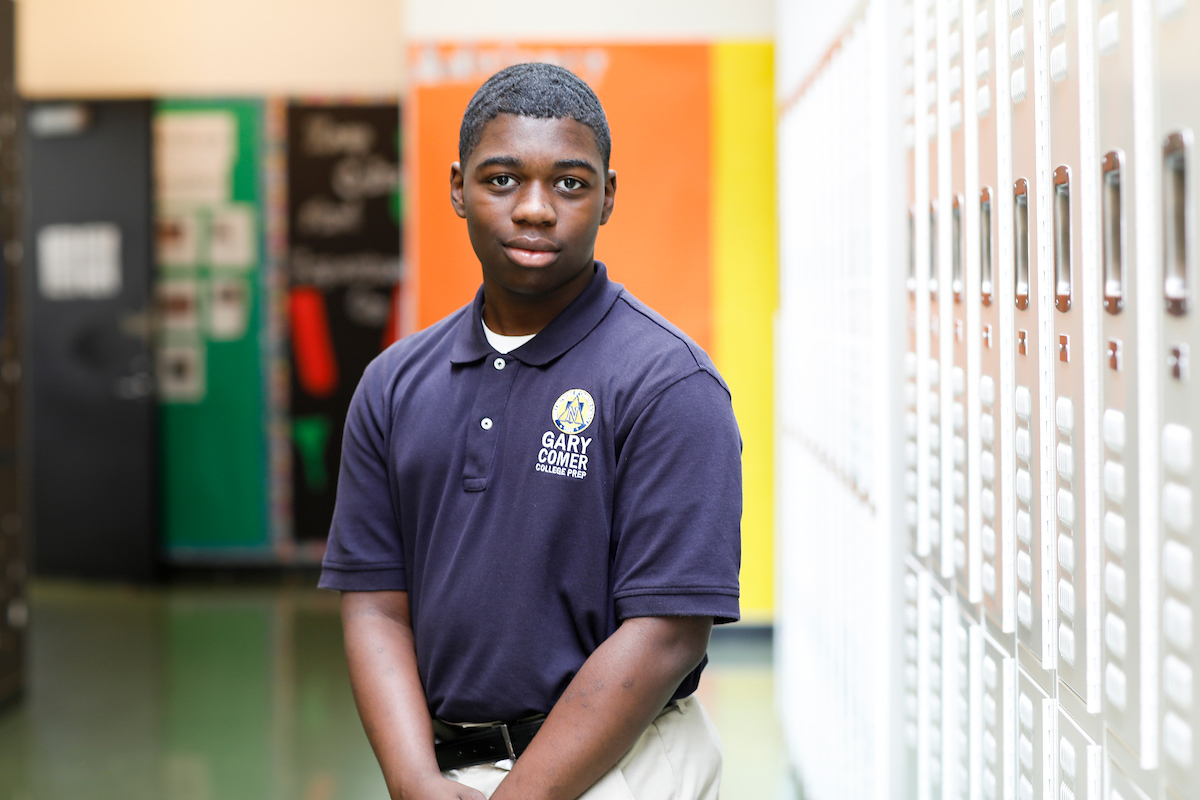
A
—from Robbie Toggweiler, NOAA
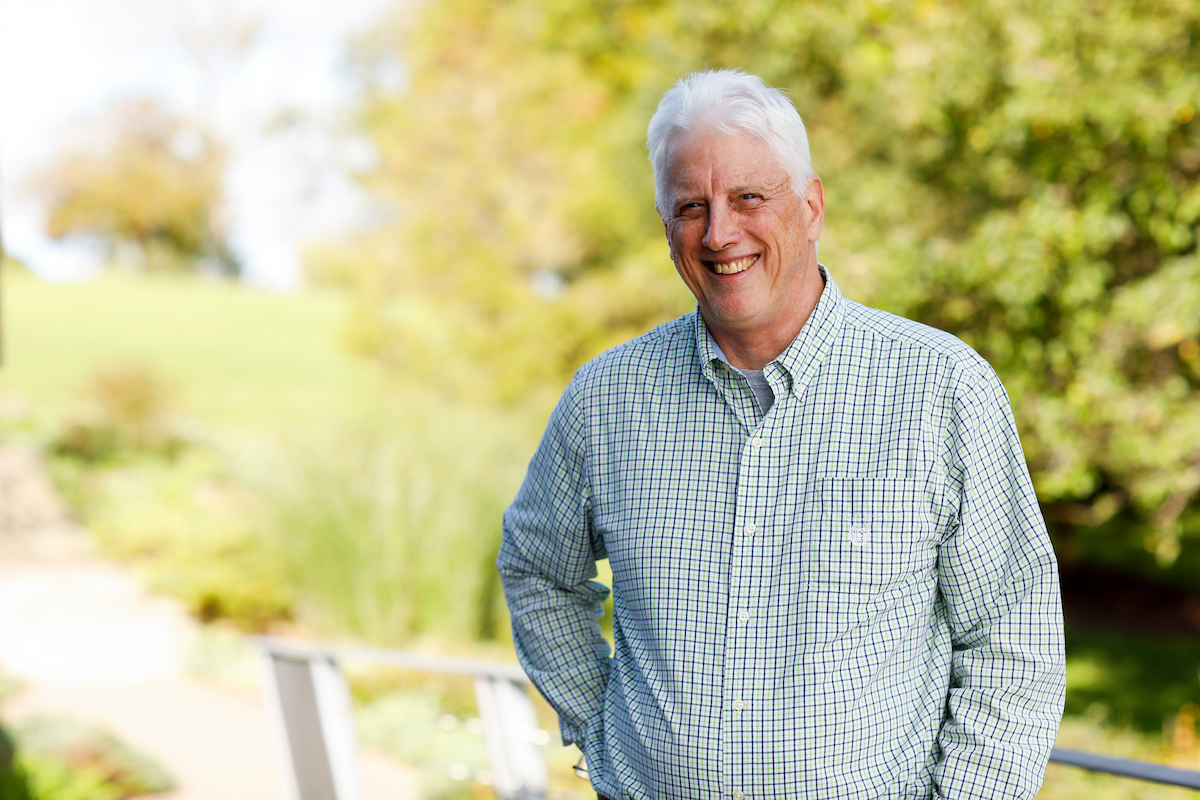
You should expect that you're going to be wrong some of the time.
I don't think there is such a thing as a scientific failure. I’ve been wrong before. I'm thinking of one paper in particular that I came up with a wrong idea. I recognized a few years later that I had been wrong. But there's no need to rectify it because everybody can tell. That's the way the system works. You should expect that you're going to be wrong some of the time. And it doesn't require rectification because someone will come along and show that you were wrong if you don't do it yourself. It’s part of the scientific process to automatically rectify wrong ideas.
A
—from Karim Lakhani, Georgia Tech
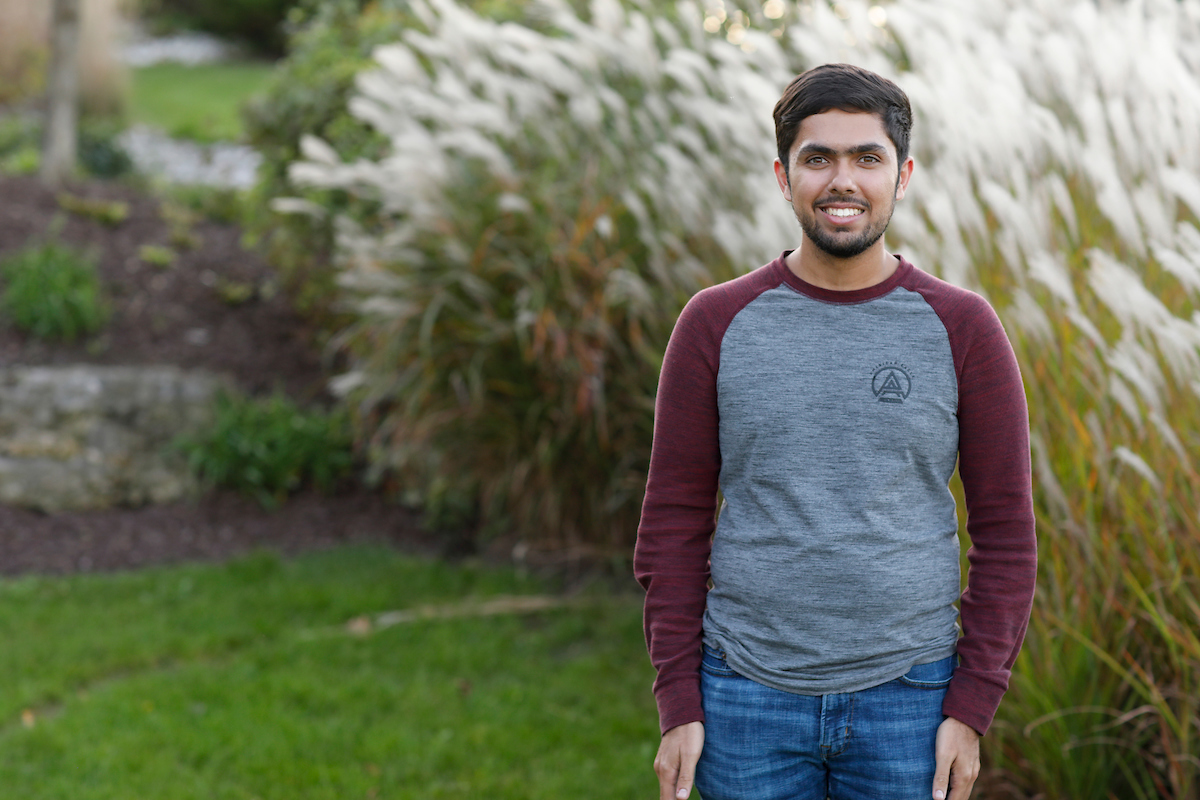
"Within a few days, we realized that something was wrong with the mirrors; we weren’t getting any signal on the other side of the system."
My most important scientific failure was during the summer after my freshman year when I was working in an atmospheric chemistry lab. We were using a technique to bounce light between two mirrors with a gas in between to measure the concentration of different molecules in the gas. My first week in the lab, we started setting up the equipment so we could run our tests on it and make sure it was working properly. Within a few days, we realized that something was wrong with the mirrors; we weren’t getting any signal on the other side of the system. About 75 percent of the way through the summer, we finally realized that we had initially bought the wrong mirrors. They had a very high reflectivity which we wanted, but there were other properties we didn’t check when buying the mirrors. Even with a team of 4 people working on this setup, it took us 7 weeks to figure it out. We had so many ideas of what could have gone wrong that we tested, such as our light source, the shape of the mirrors, and the number of layers on the mirror, but in the end, we simply bought the wrong mirrors to begin with.
Q
—from Brittany Smith, Frank Mixon, & Kylon Moore
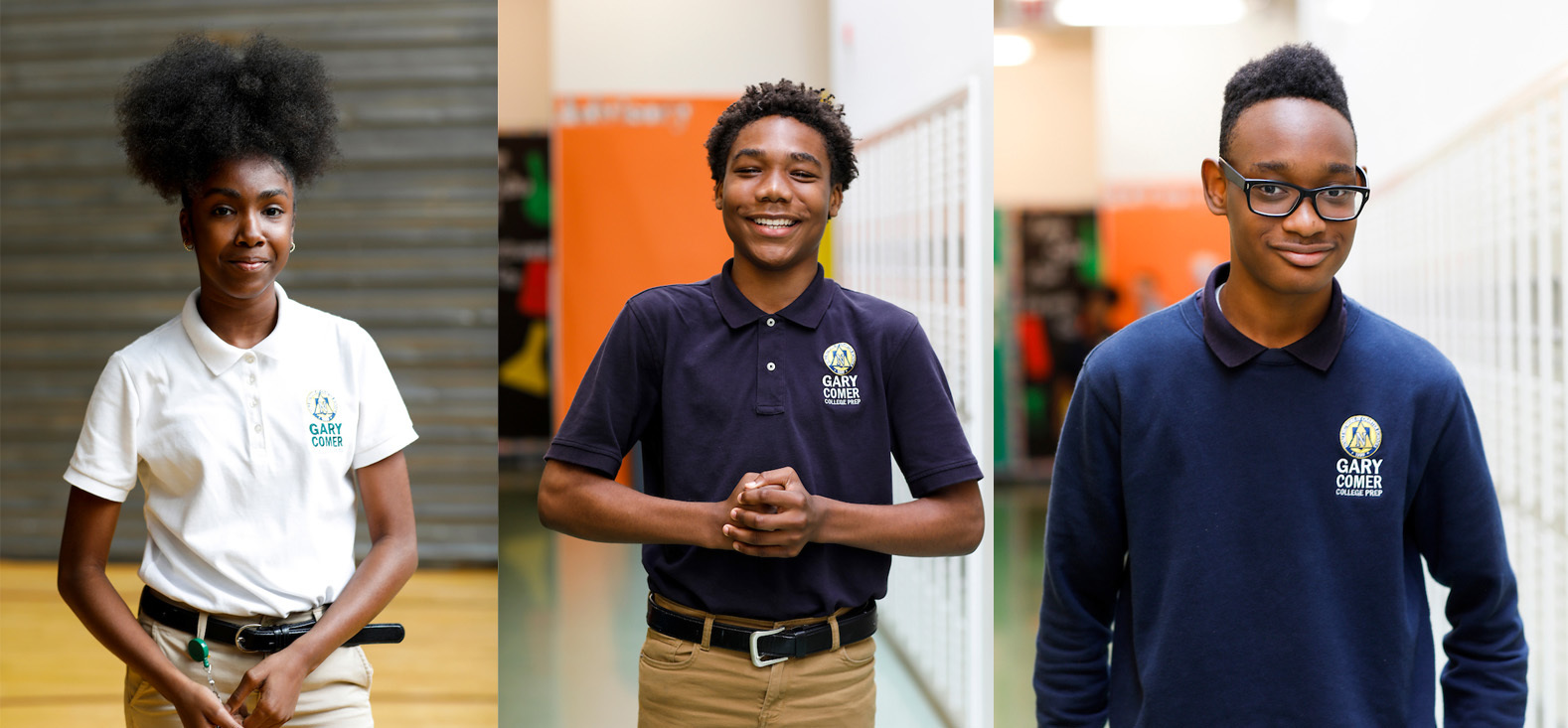
A
—from Tyler Vollmer, Georgia Tech
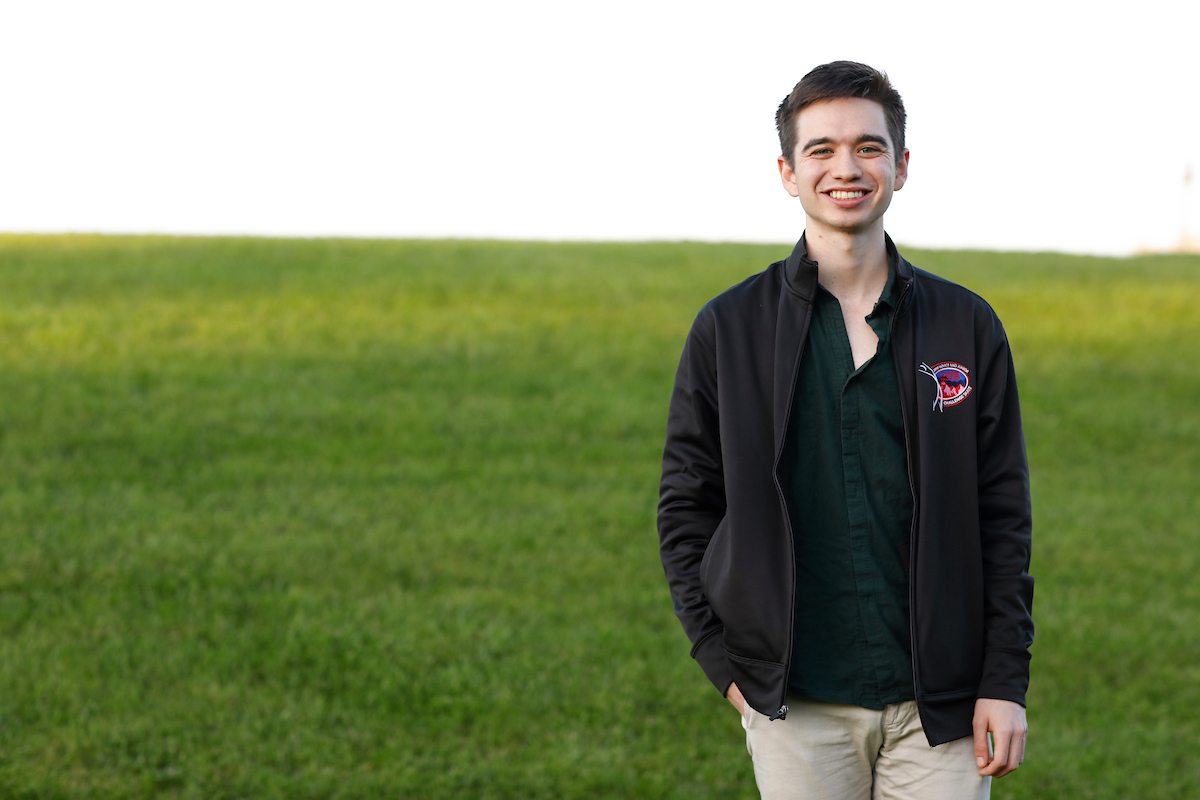
I also do ice dancing. So, I always have that as a back-up.
I didn't know any scientists, so I had no idea what being a scientist was like. I knew I liked math, so when I went to UCLA, I majored in math. Then I took this one really cool class called “Rock Whispering”. The professor, who was also in paleoclimate, took me under her wing and was like, "You should join my lab." I started doing research, and absolutely fell in love with it. I’m so grateful for her because she opened my eyes to this vast science that I had no idea about. In high school, it's like basic physics, chemistry, biology. But, this geology thing is crazy, so absolutely fascinating. I also do ice dancing. At the last nationals, my skating partner and I got a job offer from Disney on Ice as Simba and Nala. So, I always have that as a back-up. It’s all about timing doing both my PhD and ice skating, especially because so all my other competitors do ice skating full time. I do it two hours in the morning at 6:00 am, and then at 8:00 am, I go straight to lab. Between my PhD and whatever I do afterwards, I'm going to probably do a year of Disney on Ice.
Q
—from Jada Hartsfield, Gary Comer College Prep
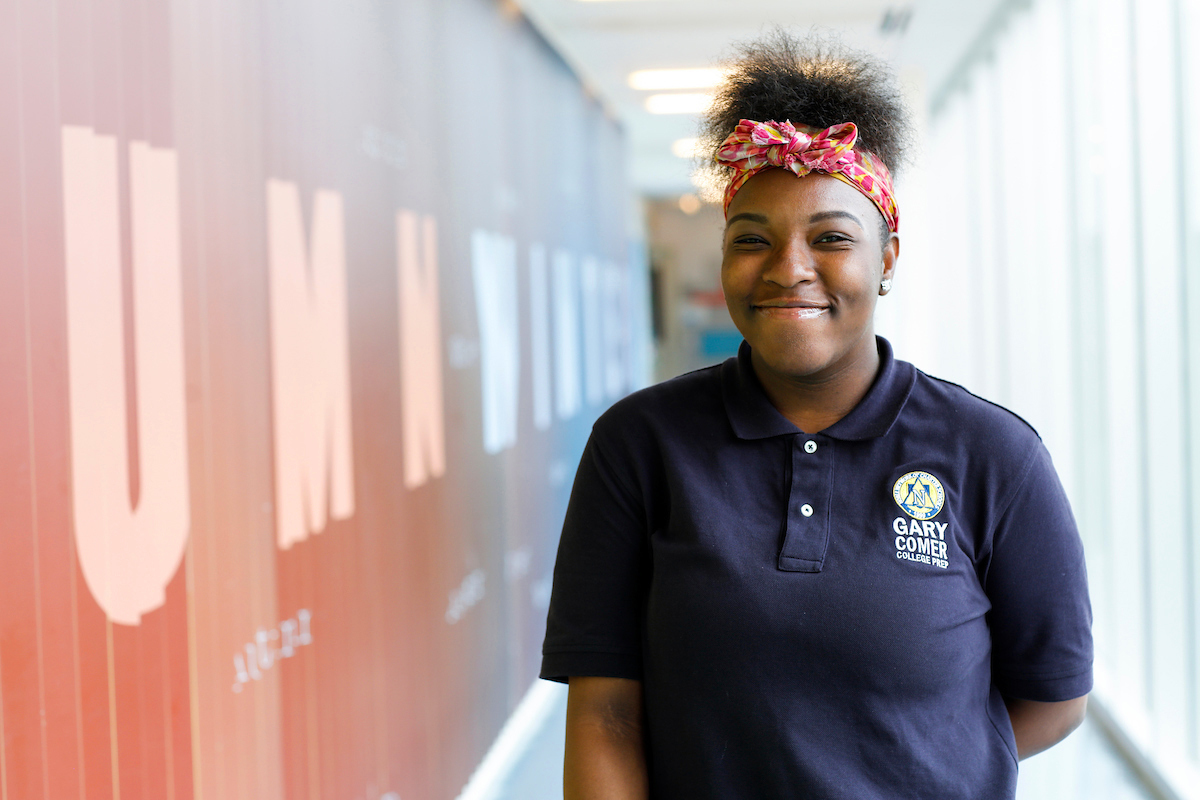
A
—from Allison Jacobel, Columbia University
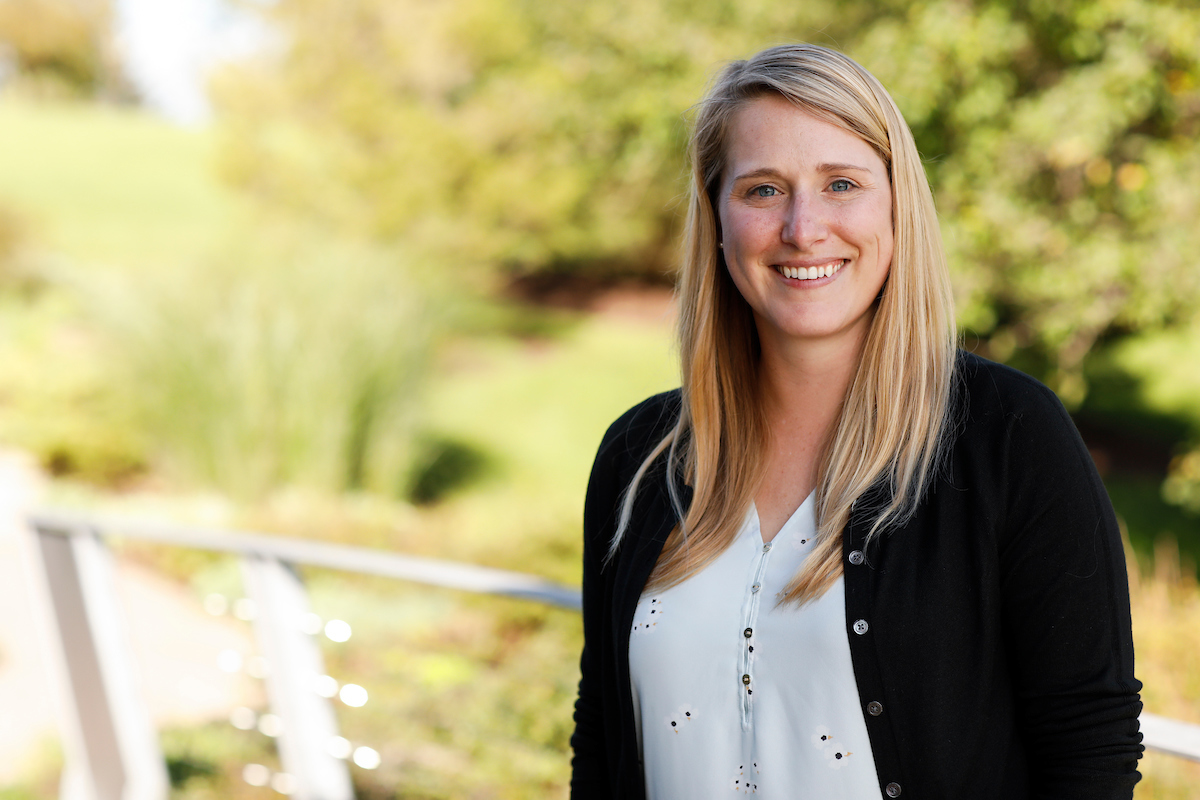
"It’s important to put together different kinds of information, to squeeze everything out of the mud that we can to answer important climate questions."
I am a seagoing paleoceanographer and we usually begin our research projects by going out into the open ocean, far away from the edges of the continents, where we find slowly accumulating sediments that record what's been going on in the ocean for thousands to millions of years. We go out, and we stick down a big pipe, which you can think of as sort of like a straw, and we pull up the mud that’s captured inside. We study that mud in a bunch of different ways, using tools from geology, biology and chemistry. It's a little bit like a detective story, pulling together puzzle pieces from many different science fields. We're synthesizing those areas of study to answer the question of what our Earth used to look like. My projects involve sediments, microfossils, and their elemental and isotopic compositions. We try to learn everything we can about the sediments, beginning with basic observations that you can make with your eye, all the way to things that we need really sophisticated instruments to examine. It’s important to put together different kinds of information, to squeeze everything out of the mud that we can to answer important climate questions. I used to think about the ocean as this vast, mysterious space. When I started to learn more about the ocean, that feeling only grew stronger. The oceans cover 70 percent of our planet, but we know far less about the oceans than we do the land that we live on. We have better maps of the moon than we do of the deep ocean. With every expedition we learn more, but it also becomes clearer how much we don’t yet know. So even though I’ve been studying the oceans for almost a decade now, I still very much feel as though it's mysterious, and to be part of the community studying it is truly exciting.
A
—from Alan Seltzer, Woods Hole Oceanographic Institution
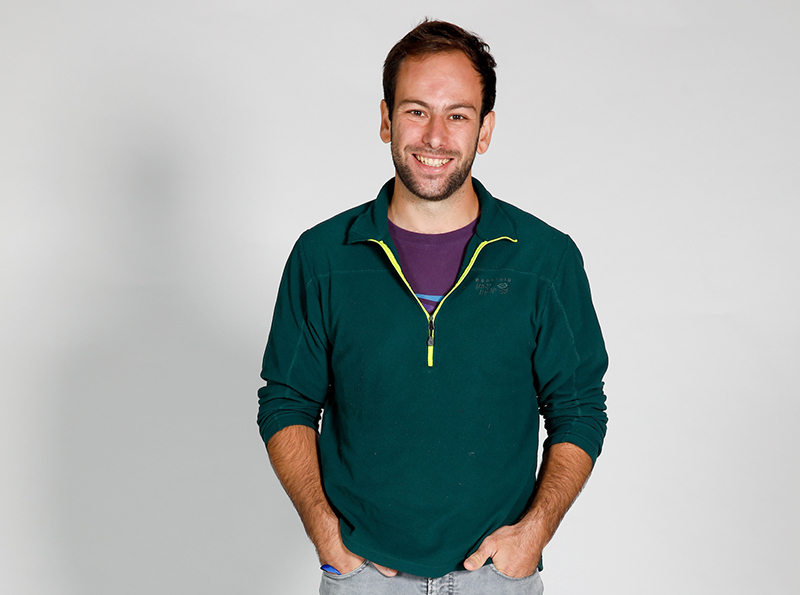
I use the noble gasses to study the climate. You can find the noble gases on the right side of the periodic table. They're really great tools. It's lucky that we have them because they are chemically and biologically inert. That means that they're not used in chemistry or biology. So, if we want to understand physical processes, they're basically only sensitive to physics. We can measure them in things like atmosphere, the ocean, ground water, lakes, ice cores. They tell us different physical processes, depending on the particular system. My work focuses on using them to understand past hydrology and temperature change on land based on their composition in groundwater. They tell us a bit about the physics that goes on during dissolution into groundwater. We can extrapolate that to understand past changes in surface hydrology and temperature.
Q
—from Alijah Abdullateef & Zamyrah Ford
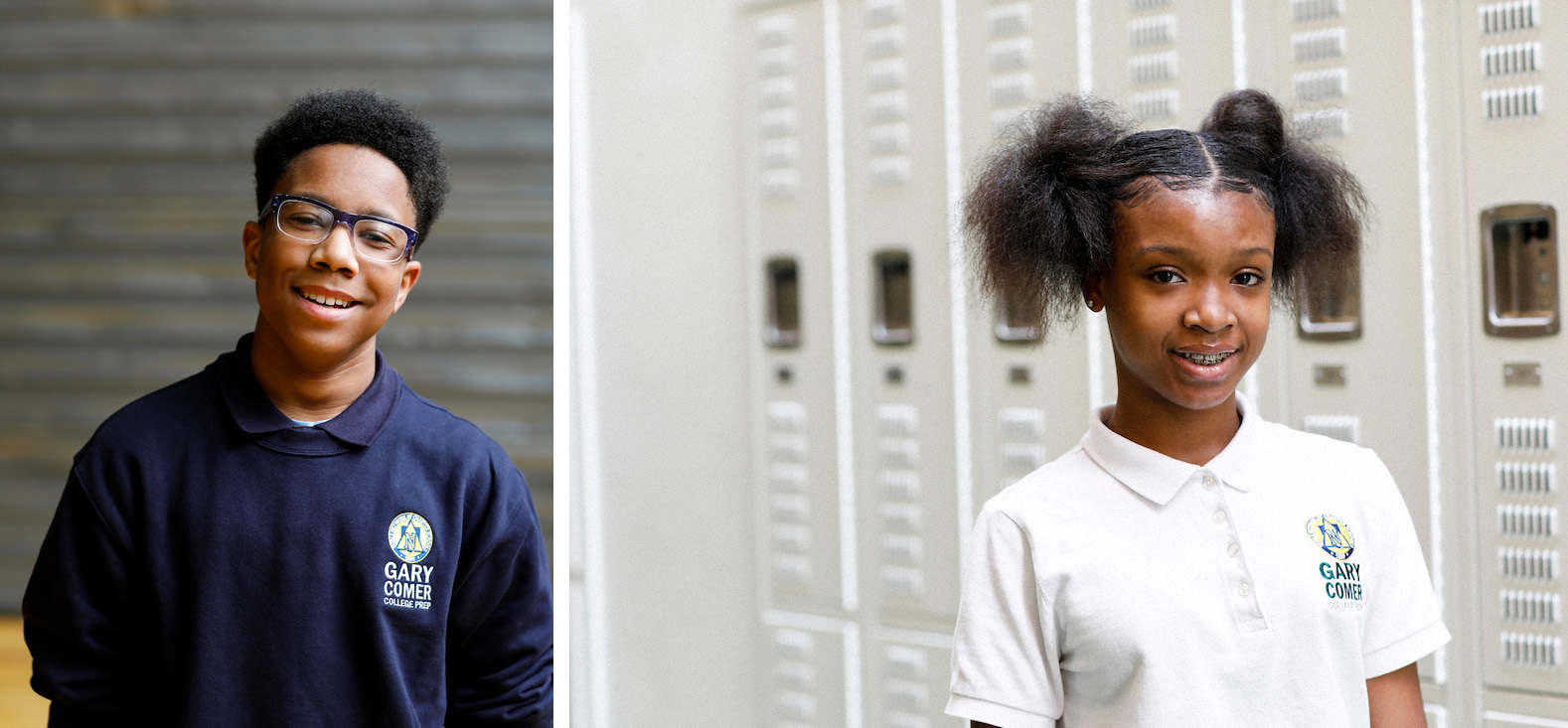
A
—from Bob Anderson, Columbia University
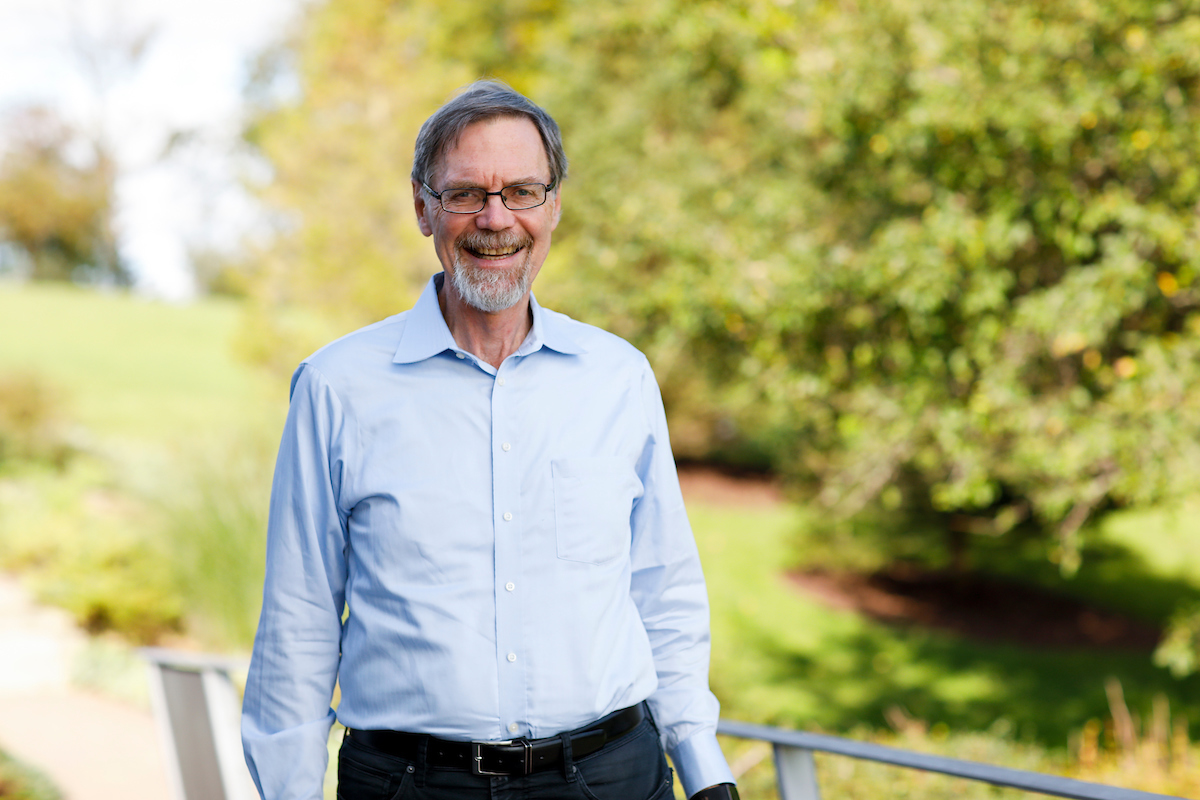
One challenging part of being a scientist is achieving a balance between work and personal life because there are so many demands on your time. If you want to be a good citizen, you're always being asked to do community service, reviews, promotions, and planning activities. Finding the funding to keep your lab going is a constant struggle that takes time. You also have the regular responsibilities of teaching and student mentoring. There are bureaucratic tasks that take time that you don't want to do, but you have to do. My top challenge in my career, as a senior scientist, is balancing what I want to do to help the community versus what I want to do to spend time with my family.
A
—from Mike Kaplan, Columbia University
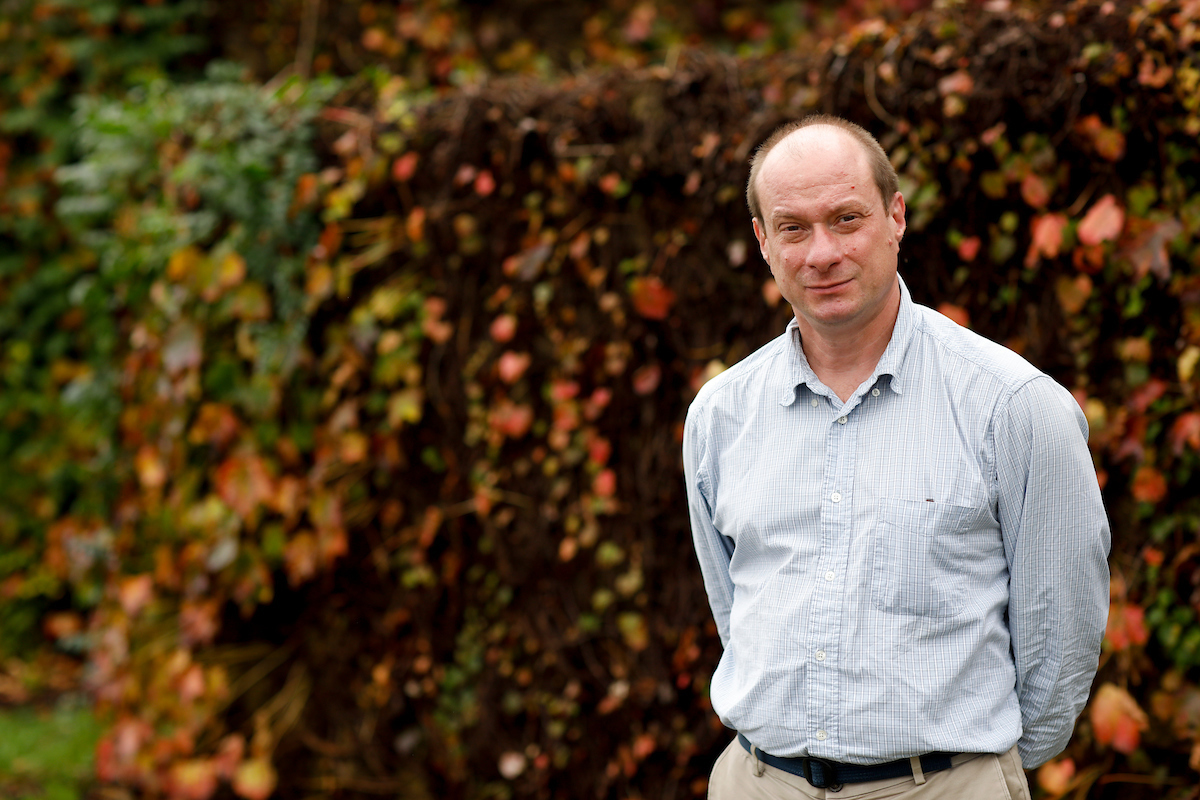
There are times in my career where it seems like I've done everything wrong to figure out the one way to do it right.
The most challenging part is studying the unknown. A lot of times there's not a recipe for what to do. It's really trial and error. There are times in my career where it seems like I've done everything wrong to figure out the one way to do it right. You don't often have a guidepost or directions that you can follow. You often have to do a zigzag route to get to the final answer. You’ve got to try something to keep moving forward. You just make the best decision. And, sometimes it's not even the answer you expected. it's a totally different answer. This is often a part of the scientific process... trial and error, serendipity, and so on. This is something I'd like to see better emphasized in schools and to the public.
Q
—from Rashawn Johnson, Gary Comer College Prep
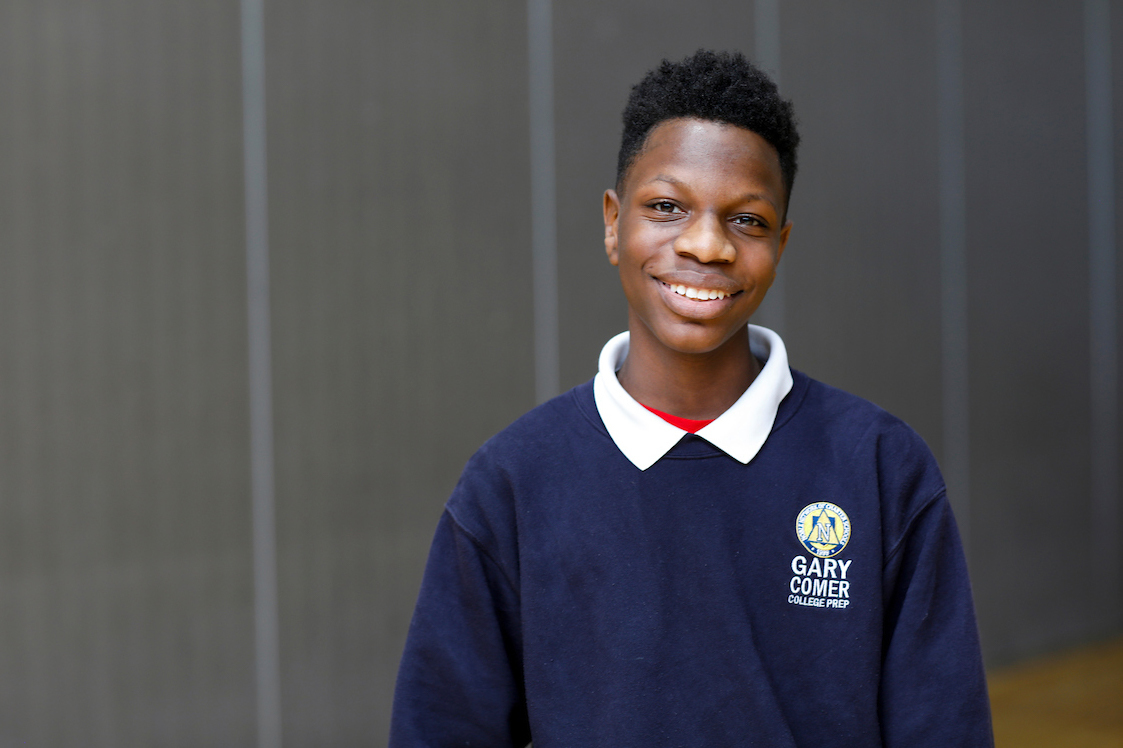
A
—from Babette Hoogakker, University of Edinburgh
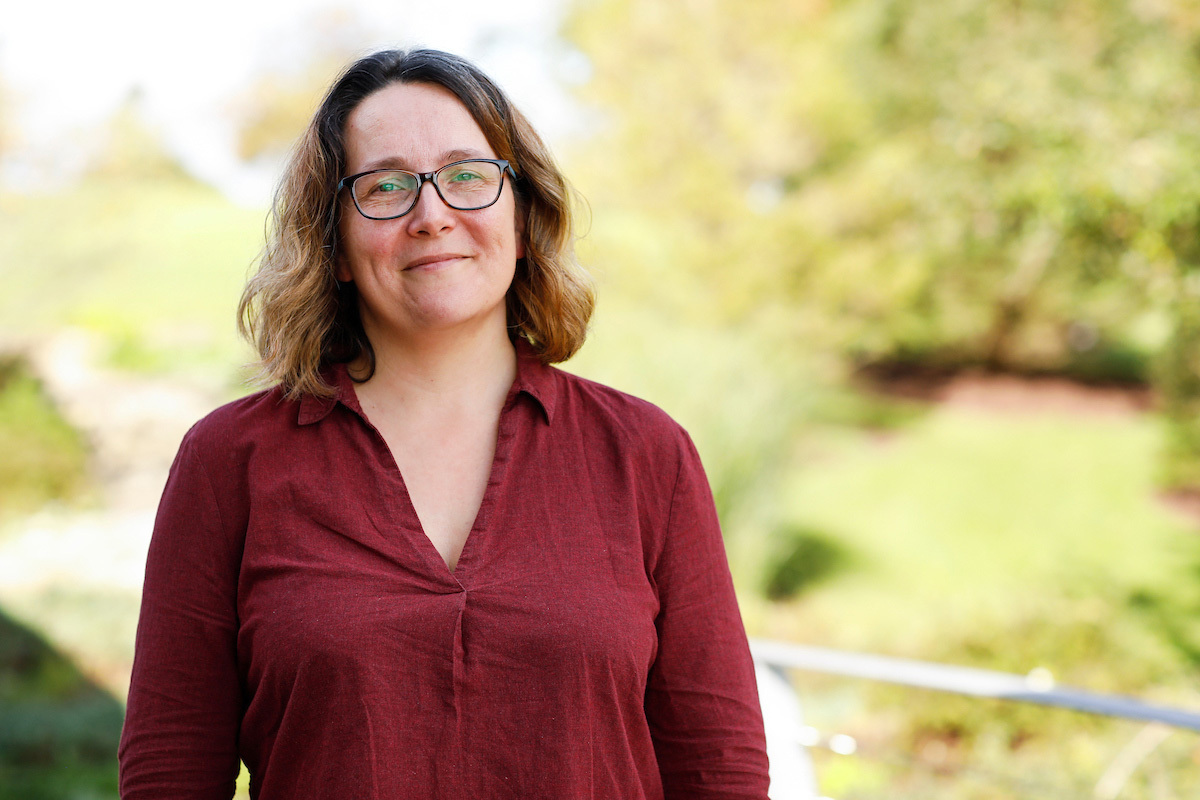
I’ve worked with other scientists to put records together for subsurface oxygen concentrations in the ocean to test a hypothesis that during glacial times the subsurface ocean was much better oxygenated than it is today. Today we find really strong oxygen minimum zones in the eastern tropical Pacific. These are areas where oxygen is so low that it's lethal to most marine organisms. The result suggests that, at least in the spot where we looked, there haven't been any changes since the last glacial, apart from deeper down. Deeper down oxygen concentrations were lower as well so that was an extension of low oxygen levels in the Pacific Ocean where we were looking. What this means in terms of climate change is around looking at oxygen concentrations and carbon storage, which go hand-in-hand. When you have high oxygen concentrations, you have low carbon storage. And when you have low oxygen concentrations, you have high carbon storage. We have inter-glacial CO2 changes of about 90 parts per million (ppm). During glacial times, atmospheric CO2 concentrations were about 90 ppm lower. For a long time, people have discussed that carbon must be somehow stored in the ocean. This is the first evidence that showed there was a larger store of carbon in the Pacific during glacial times. In terms of oxygen cycling, observations of dissolved oxygen in the ocean only go back about 50 years. So, any records that we can get that go further back in time gives us some idea of natural variability. This is really good to help model the future.
Q
—from Qamara Scott, Gary Comer College Prep
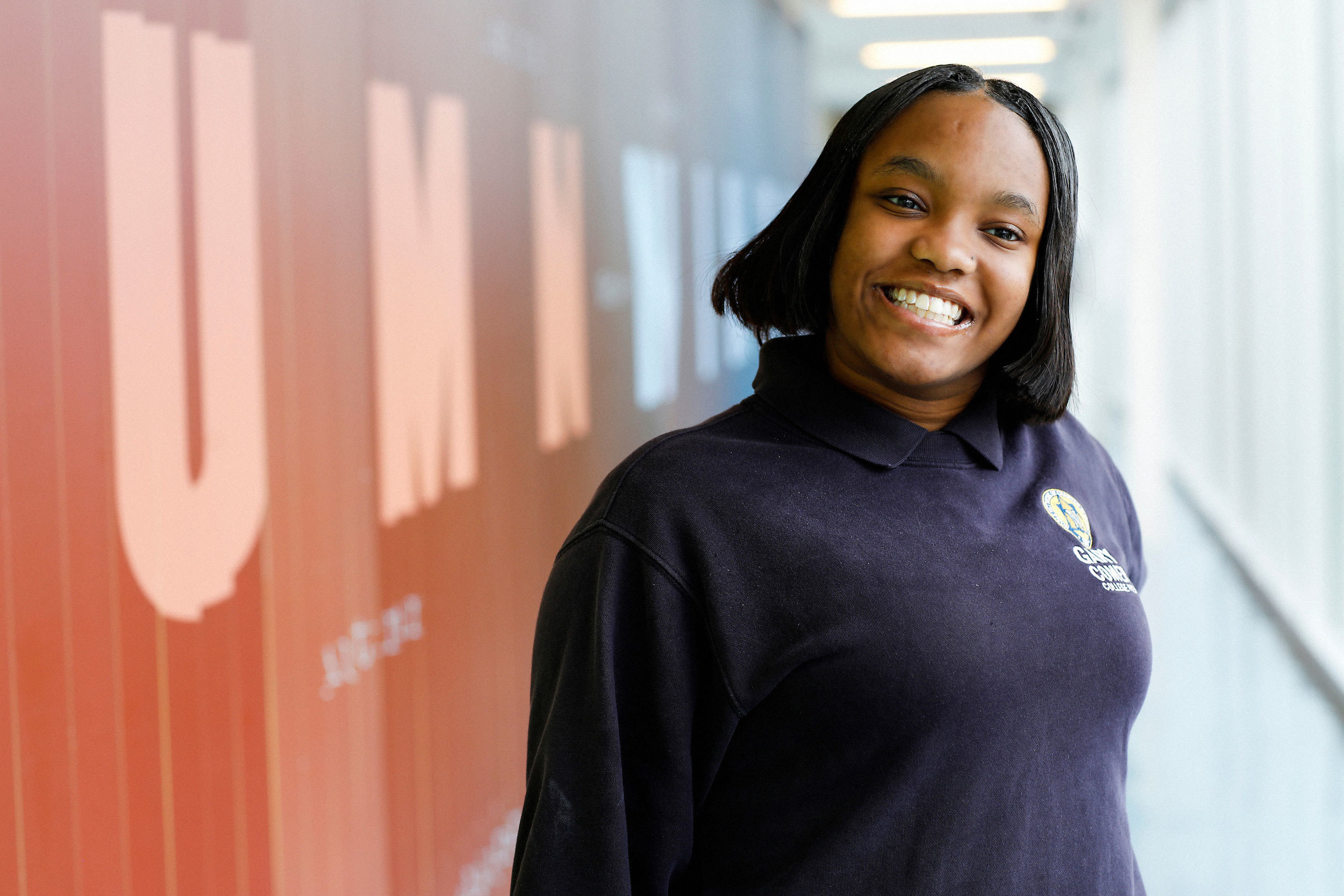
A
—from Sidney Hemming, Columbia University
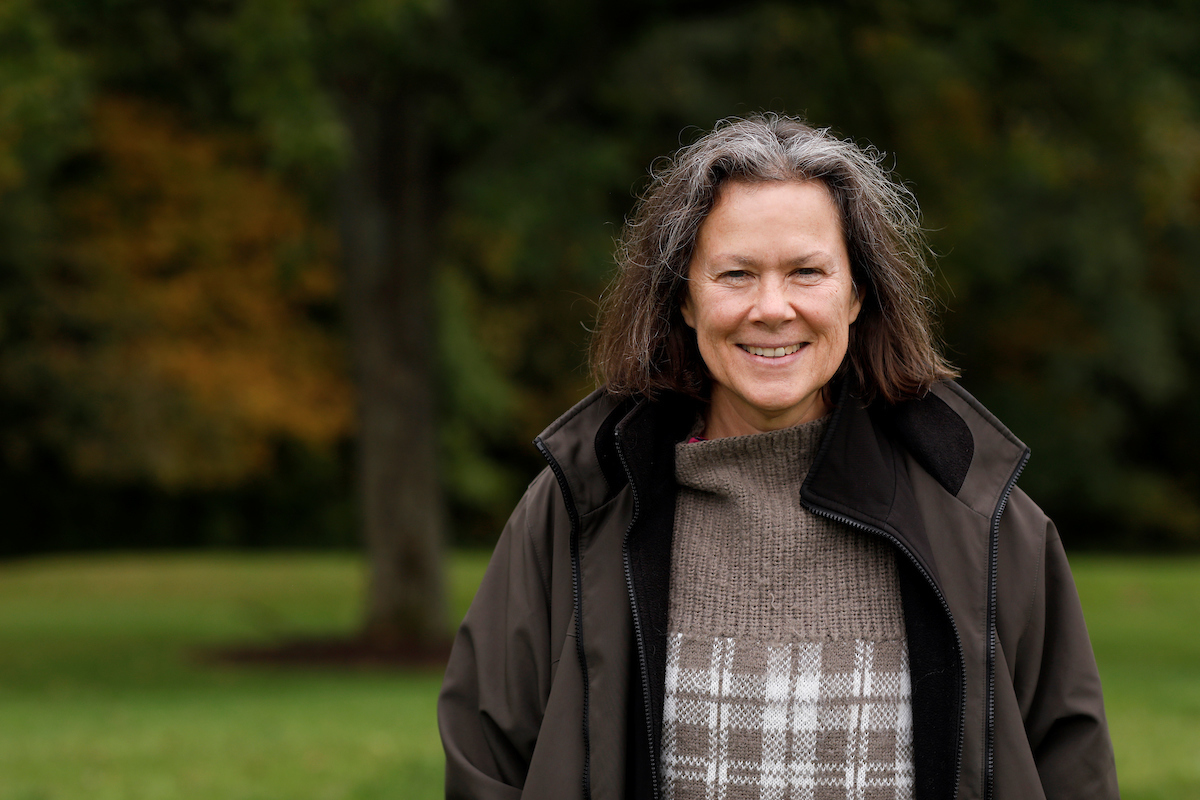
"We don't know all the ways now."
It’s sort of two questions. I would say that there would be a way. And, I would say that we don't know all the ways now. But people, such as the Comer students, are likely to be part of the solution in the future. Right now, we know of some engineering solutions for global climate warming. Some of them may be perceived as too expensive now. But as the problem worsens, they will become more appealing. One of them is carbon capture and storage. Another idea is to deliberately add sulfate to the atmosphere to increase the reflection and cooling. Wally Broecker was thinking about this at the end of his life. Of course, engineering solutions can come with their own unintended consequences, but there are some possibilities towards the goal of reversing climate change. There are definitely things that can be done towards the goal of reducing pollution and mitigating against pollution. I'd say that CFCs, the refrigerants, are a really successful example of people internationally taking charge. These were a problem for ozone layer. We’ve actually reduced the use of CFCs to almost nothing, and we’ve improved the situation with the ozone layer. The same thing is true about the Cuyahoga River. It used to be that fires burned on the surface. And now it's a beautiful river where you can fish. It requires a change of attitude, and it requires resources. Climate is harder because it's big and it's global. But it's not so different than the CFC problem and the ozone hole. When nations all came together and recognized, "We’ve got to do something about this." I think it's a matter of convincing people that there really is a serious problem. The fact that there are international accords means that there is a growing recognition that we have a big problem.
Q
—from Keyonne Garmon, Gary Comer College Prep
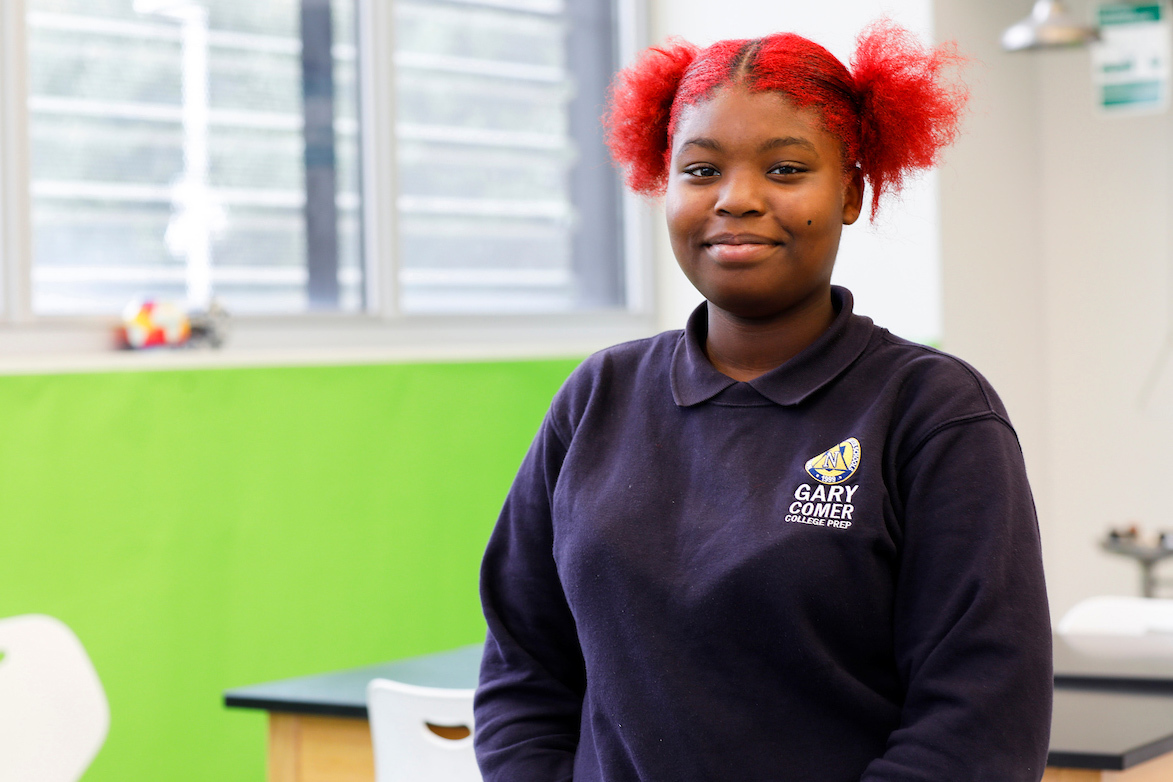
A
—from Brendan Reilly, Scripps Institute of Oceanography
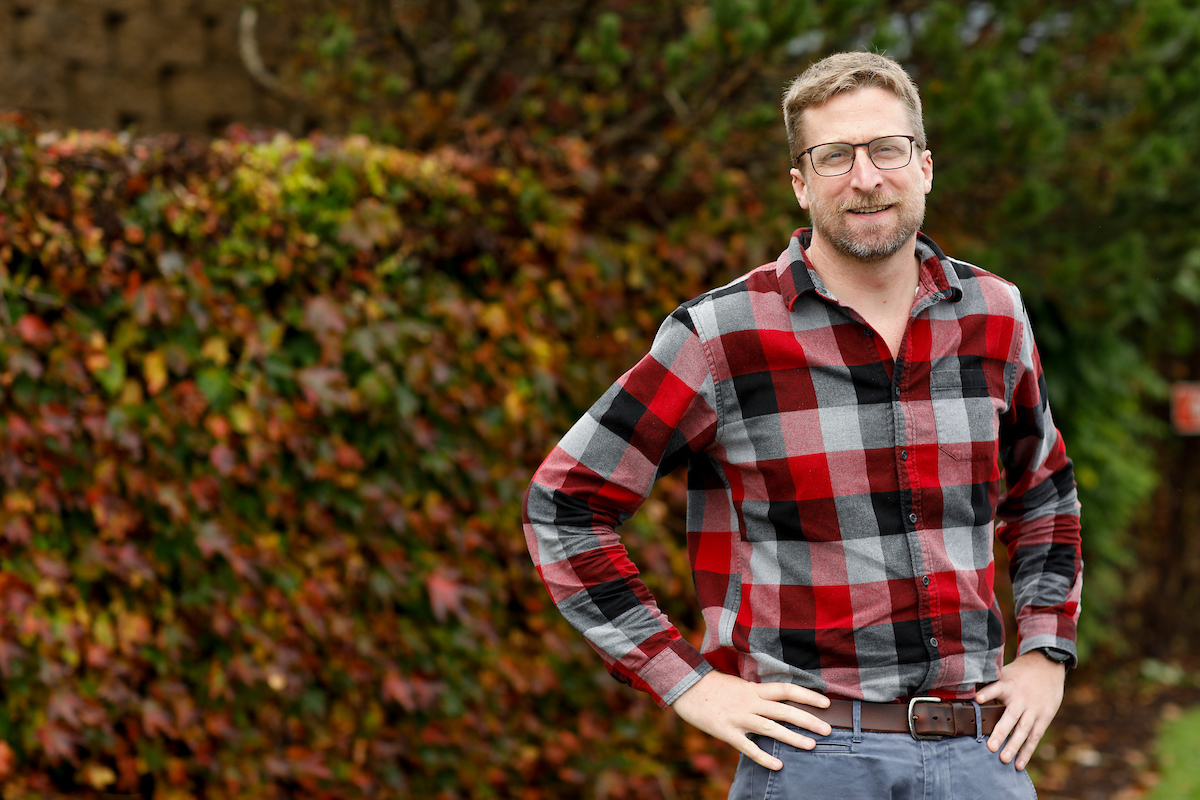
"The first and most important step is generating questions about what we're curious about."
There are a lot of steps involved in doing research. The first and most important step is generating questions about what we're curious about. Those questions come about from reading other scientist's work or looking at data sets that we don't fully understand. Once we’ve developed our questions, we think about how we can test them. For the kind of work that I do, that often means thinking about the places in the world where we can collect materials to address our questions and then developing a field program. For example, if one of our questions has to do with the stability of ice sheets and how factors like changes in ocean circulation could affect the stability of those ice sheets, we might think about where we can go to look at past examples of ice sheet responses to a changing climate or changing ocean. After we collect samples, the next step is to bring them back to the lab and do more detailed analysis on them. If we’re looking at sediments from the ocean floor, we’re looking at the particle size and other physical and geochemical properties. Then, we develop a data set. The next step is to try to understand that data set. That involves talking about the data with colleagues, comparing it to other data, and presenting our findings to other scientists to get feedback and to understand how the data fits into the original questions that we were trying to address. Perhaps even new questions may arise from that data. The final step, and one of the most important steps, is to write up our data and publish it so that it's available to the entire community so that others can build upon the work that we did.
Q
—from Jakaiya Davis, Gary Comer College Prep
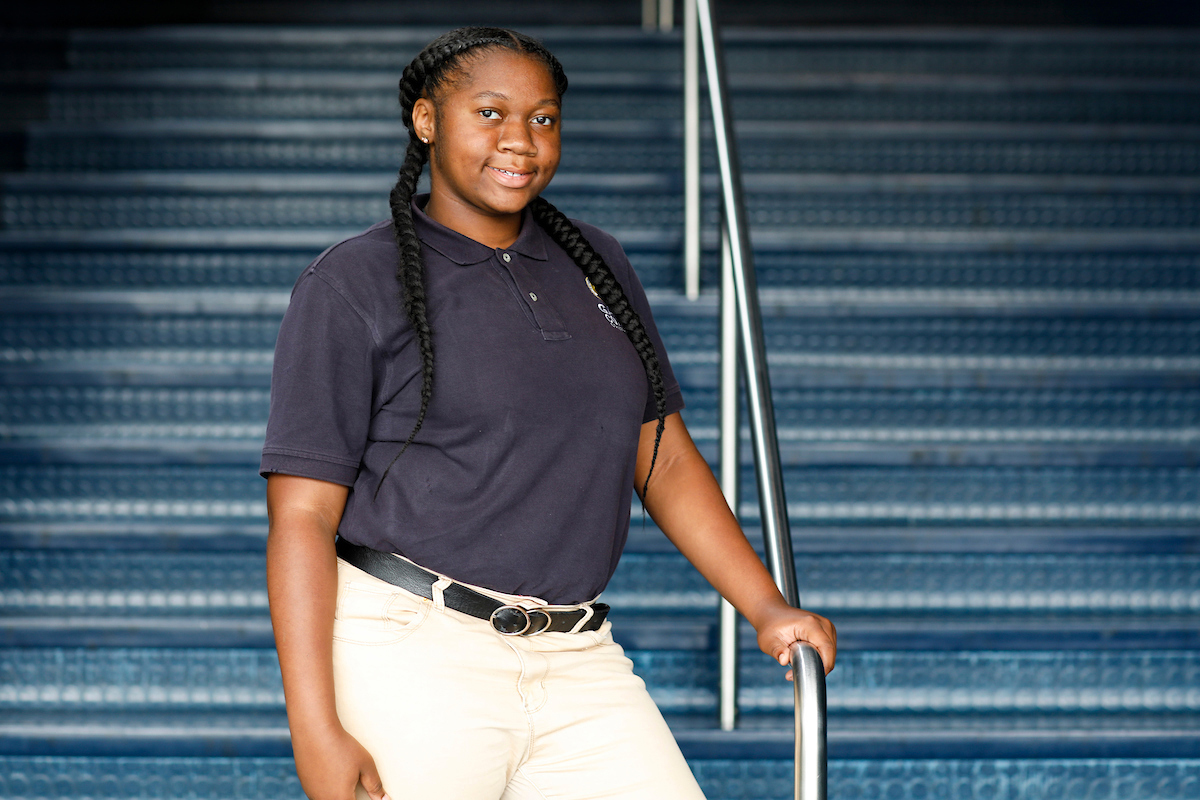
A
—from Meredith Kelly, Dartmouth College
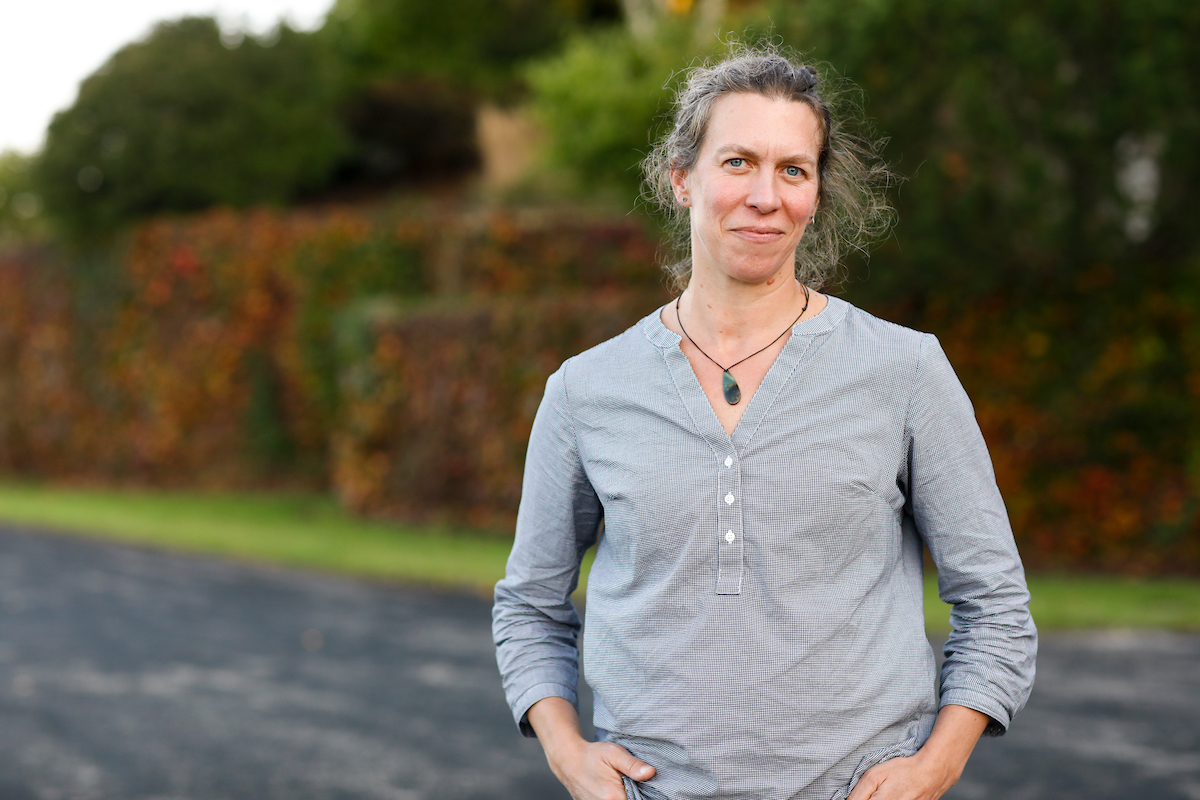
"Rocks tell us about earth’s history and how the earth was formed and how environments have changed."
This is a great question for me because I teach our Intro to Geology class, which is also known as “Rocks for Jocks”. There are three different types of rocks that exist on earth. They form in very different ways. They're all really important, and they all tell us about earth’s history and how the earth was formed and how environments have changed. I'll start with igneous rocks. Those are rocks that form from a melt. When we heat rocks up to very high temperatures, like almost 1,000 degrees C, rocks melt. They form things called magma and lava. These usually occur in earth's crust or are formed by different processes in earth's crust. Then they come closer to earth's surface and start to cool. You can think of the magma or lava like a soup of different ions. And those ions, as the magma and lava cool, join together and form minerals that make up rocks. Commonly, igneous rocks are brought to earth's surface. When rocks are at surface, they can be broken down by weather, by gravity, by ice, by all different kinds of processes that break big rocks down to little bits and pieces of rocks. If you can either transport or remove those rocks from the original earth's crust and solidify them together, you can make another rock called a sedimentary rock. Some sedimentary rocks are a little funky. They can precipitate out of water, or other solutions. These rocks are really cool because they tell us about the rocks that existed before, and where they came from. They tell us about the mechanisms by which they were broken down and transported and about the environments in which they were deposited. We can tell things like was there oxygen on the earth when they were deposited? Were there animals or plants living on the earth? In a lot of cases, sedimentary rocks are the rocks that host fossils. They're also the rocks that host oil and gas, and most of the mineral resources that we like to mine and use. The last type of rocks is metamorphic rocks. These are rocks that form by putting other preexisting rocks under heat and pressure. This can happen when a big mountain belt is formed, or when two continents or an ocean and a continent smash together. Rocks start to get buried. When rocks are brought deeper into earth's crust, they undergo an increase in temperature and pressure which fundamentally changes the rock. They can grow new, pretty minerals that are red and blue and purple and brown. They can also get a texture that looks like they've been smashed. Metamorphic rocks can tell us about mountain building because they reveal the pressures and temperatures that they've been under. We can look at those rocks and say, "How big were these mountains in the past?" Where I’m from in New England, the Appalachian Mountains are pretty small now. Based on the rocks and the minerals that occur right below where my house is, we can tell that those mountains used to be something like 15,000, 16,000 feet high. And, that’s the origin and cycle of rocks on the planet.
Q
—from Tania Reyes-Resendiz, Gary Comer College Prep
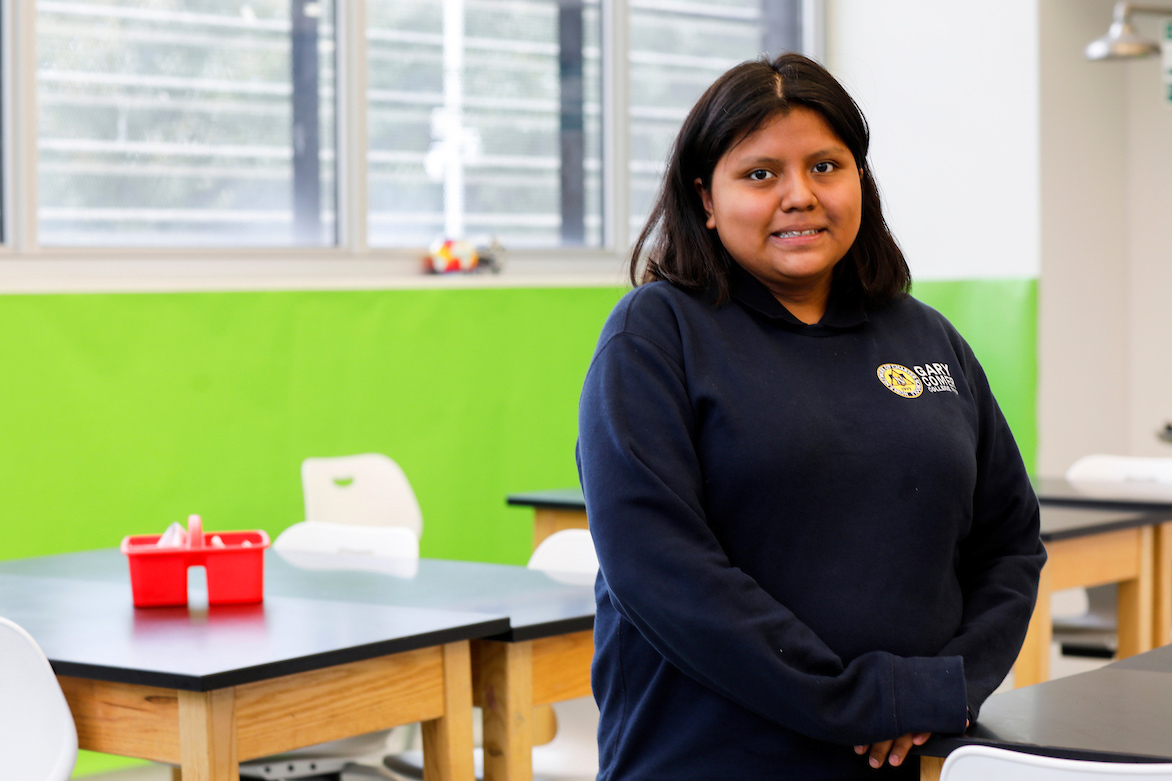
A
—from Peter Strand, The University of Maine
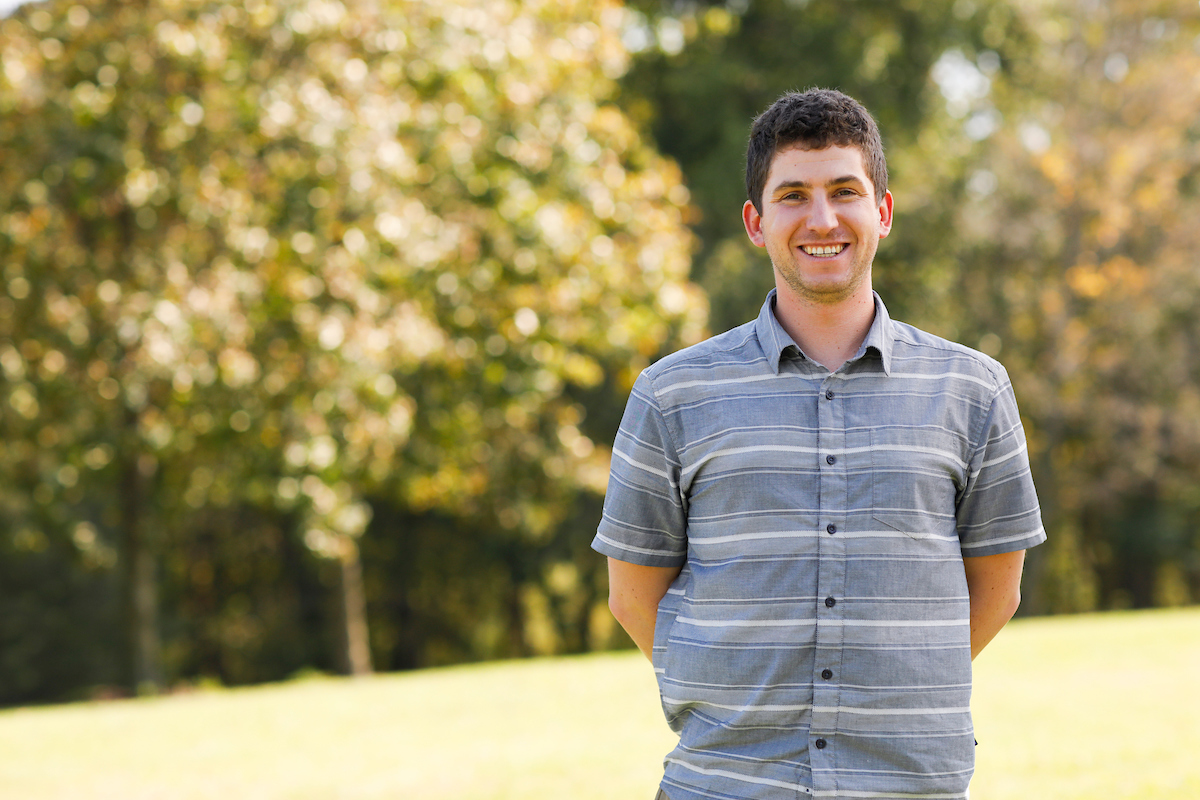
There are two ways to know the age of a fossil. One way is called relative dating. In the geologic record, older events are lower down and younger events are near the top. By coming up with the right sequence of events, you can figure out where the fossil fits into the geologic time scale. Absolute dating is a second, more direct way to date the fossil. As anything is fossilized, its chemistry begins to change as it becomes part of the geologic record. We can look for some specific elements and count how many there are to come up with an answer of how old the fossil is.
Q
—from Kori Roy, Gary Comer College Prep
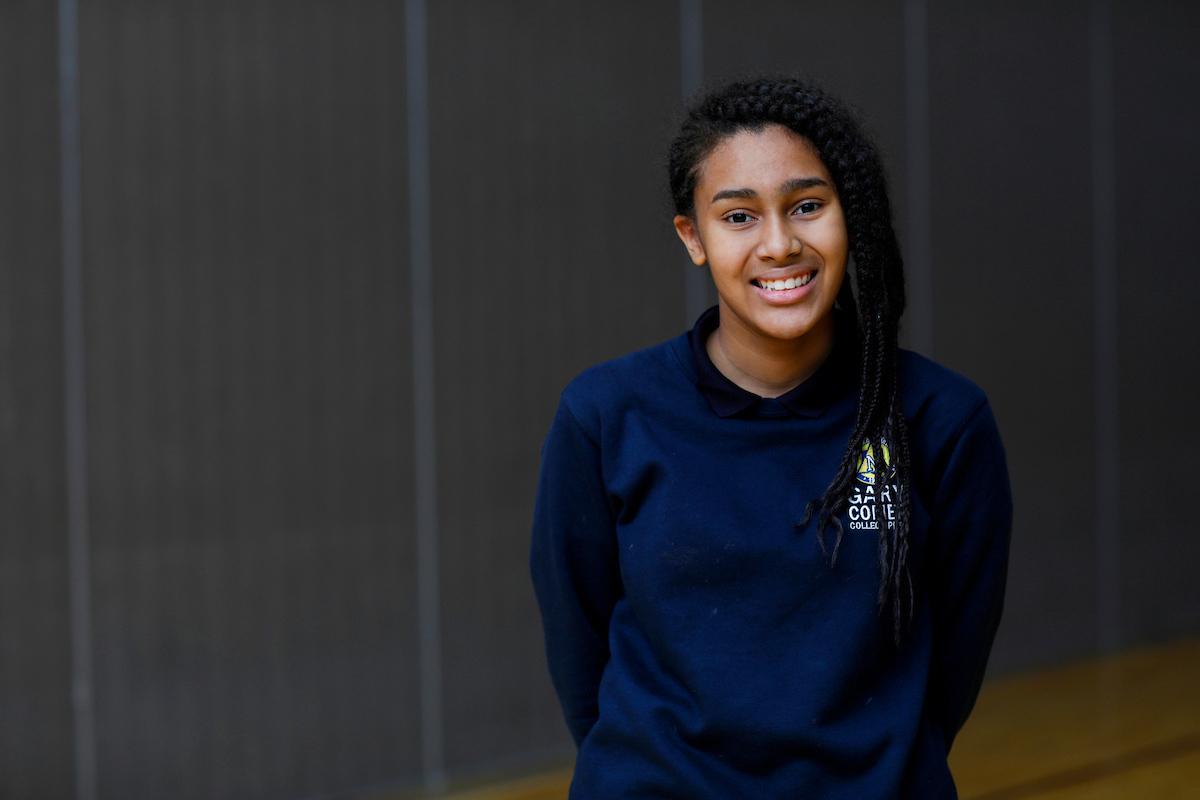
A
—from Kassandra Costa, Woods Hole Oceanographic Institution
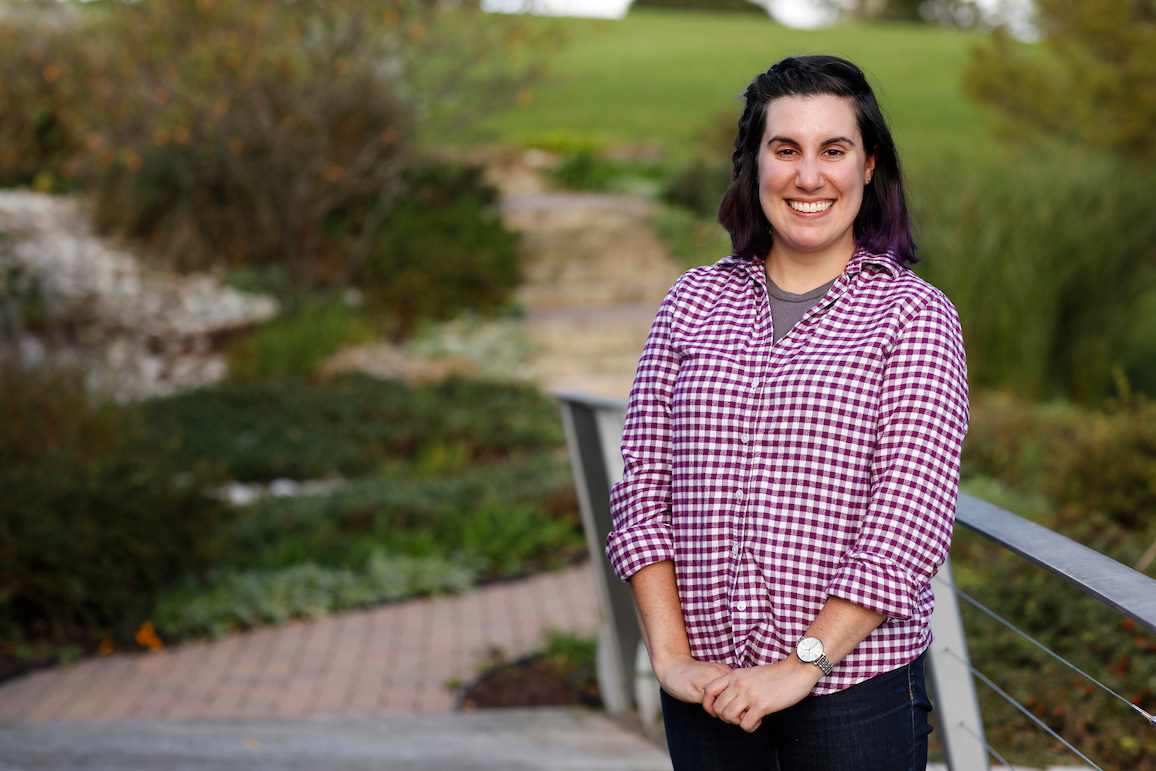
Most of the oxygen in the world today actually comes from the ocean.
The Amazon Rainforest is an amazing place with incredible biodiversity, and it is disheartening to think of what its loss would mean for the planet. One thing we don’t have to worry about, however, is the supply of oxygen. Most of the oxygen in the world today actually comes from the ocean. There are billions of microscopic plants in the ocean, called algae, that photosynthesize and produce oxygen, and the oxygen concentrations in our atmosphere are much more sensitive to changes in these algae than land plants. In fact, if all the land plants disappeared, the amount of oxygen in the atmosphere would only decrease by 1%.
Q
—from Gary Comer College Prep Horticulture Class
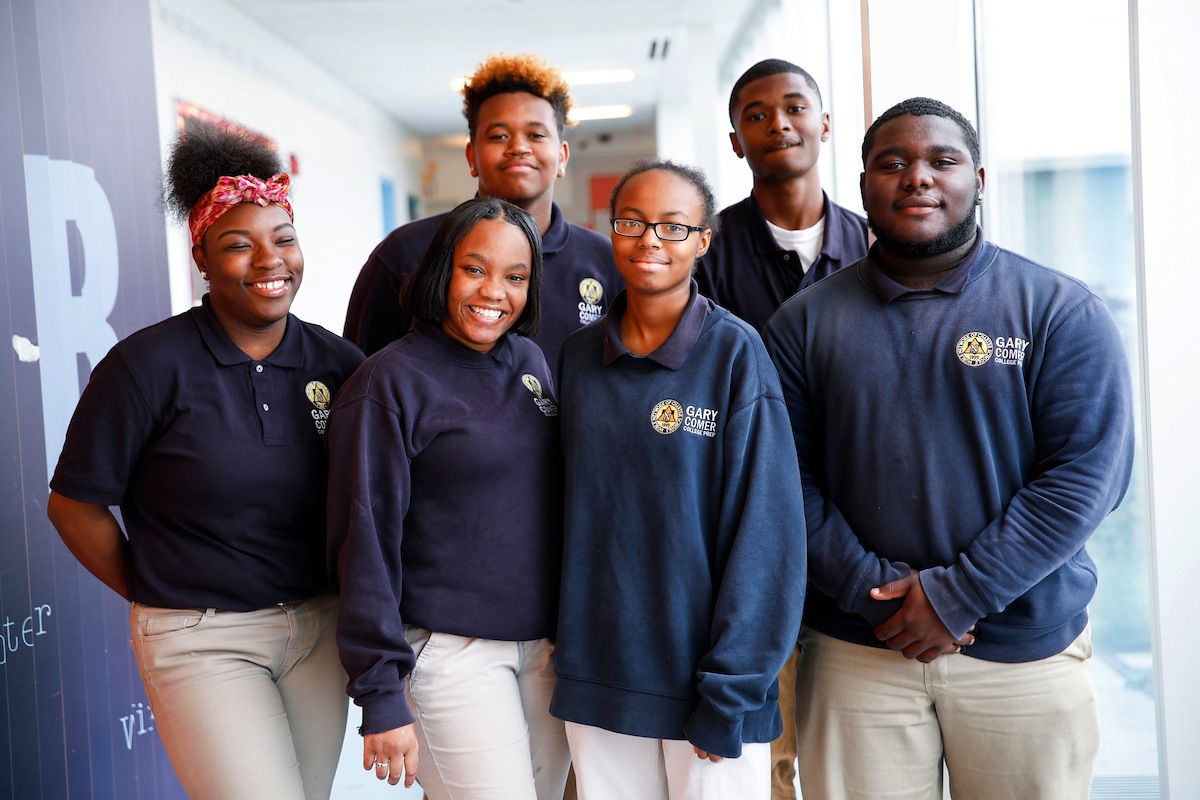
A
—from David Battisti, University of Washington
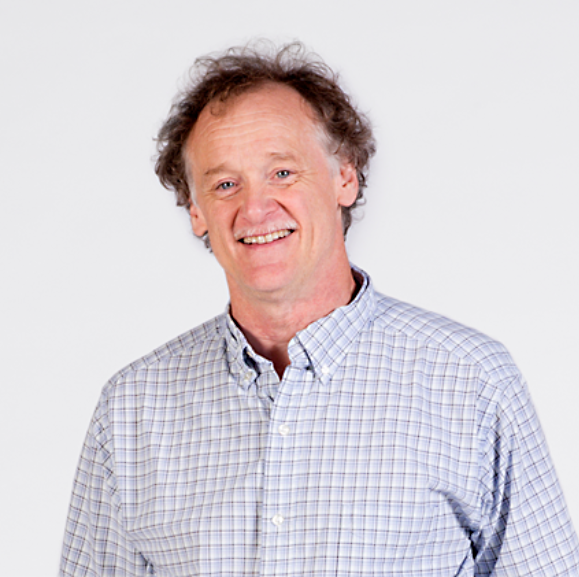
Plants alone can’t stop climate change. The overwhelming cause of climate change is increasing atmospheric carbon dioxide due to human activities, and the overwhelming majority of carbon dioxide that is emitted to the atmosphere by human activities is done in the burning fossil fuels. The amount of land that would be required for plants to take up this carbon dioxide is more than is available; it is more than all the land on the planet that is currently used to grow food. That said, humans also increase the atmospheric carbon dioxide by deforestation — mainly chopping down forest to clear land for agriculture. If one could stop deforestation, then this would slow climate change, but not significantly.
Q
—from Gary Comer College Prep Horticulture Class
A
—from Jerry McManus, Columbia University
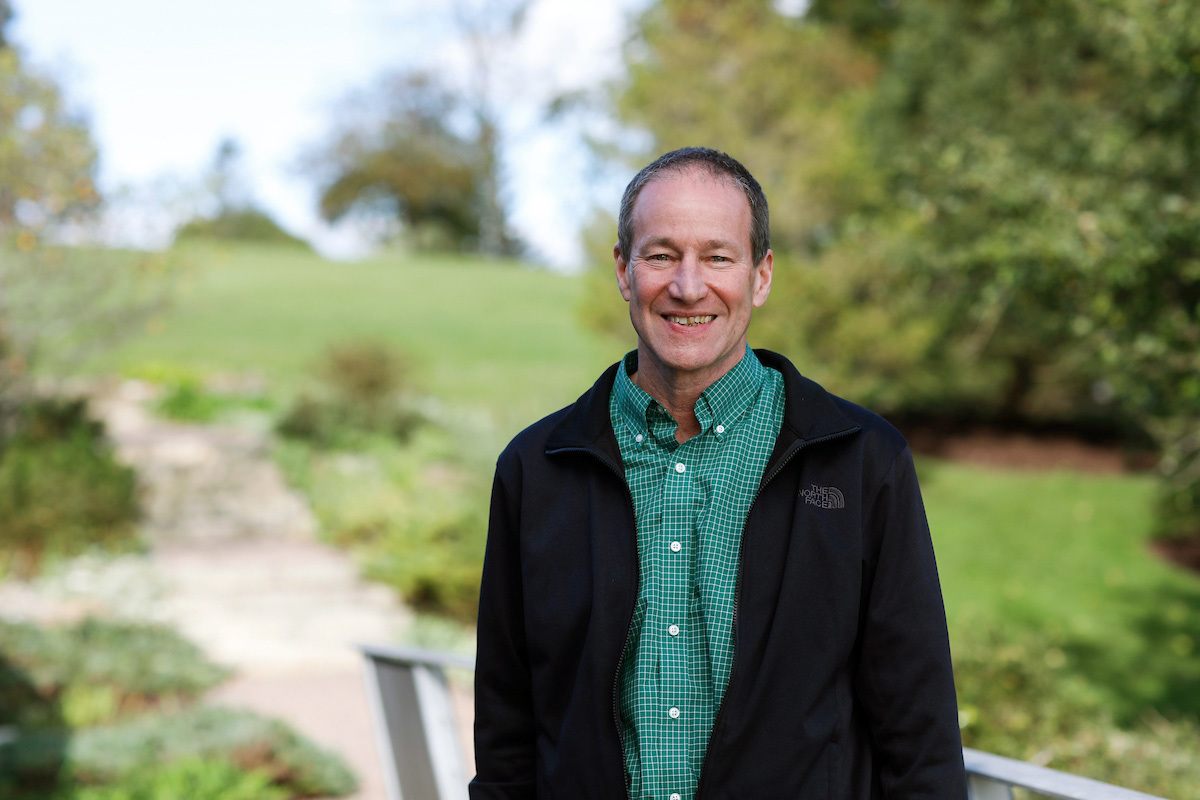
There's not a simple answer to that. If you think about changing temperature of our planet, then the answer would be that the effects would be worse in the city. Warming is happening everywhere, but land warms faster than the ocean. And on land, cities warm faster than the countryside. That's in part because most of the countryside reflects more light than asphalt or other dark substances that are concentrated in cities. Things like forests tend to cool the surface of the earth a little bit. The warming of our planet is most accentuated on land and in cities. The flipside though is that it depends where that city is. The changing climate is not just about temperature, it's about rain patterns and the changing of length of the seasons. If a city is inland, it's going to be less influenced than coastal areas by sea level. Changing rain patterns may have devastating effects by flooding some of our interior areas near the great rivers of America. Climate change will influence every area. The answer to this question depends on whether you're focusing more on the temperature aspect or some other relevant aspect of climate change. The big three controls on our climate are: the amount of sunlight we get, how much bounces off the earth, and the greenhouse effect.
Would you like to answer one of the student's questions?
- You can type your answer here.
- We will also share your answer with the student who asked the question. Let us know if you'd like to connect with the teachers/student whose question you've answered.
More thoughts on becoming a scientist
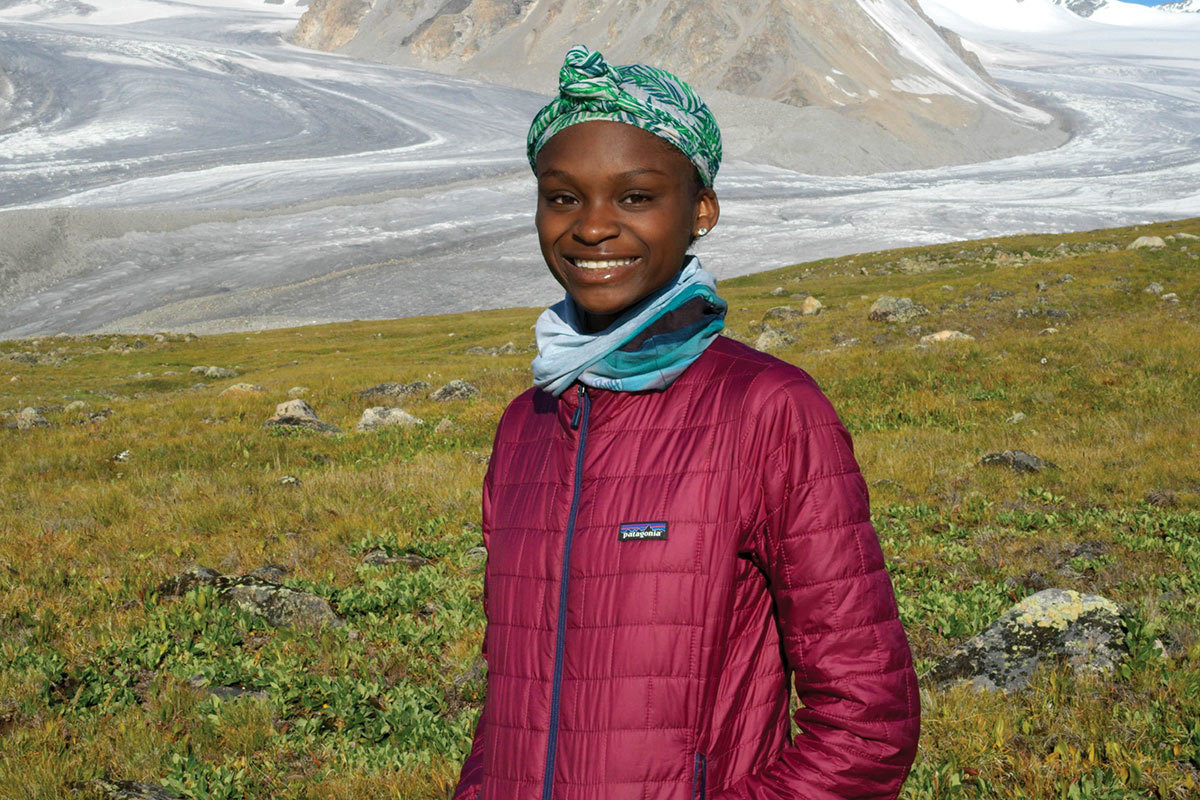
When I was a freshman, I took Ms. Stevens's Environmental Science class at Gary Comer College Prep. We learned about sustainability and what an ecological footprint meant. I really got inspired to dig deep to see what science was all about. I joined Green Teens, the urban agriculture program at Gary Comer Youth Center. I like the hands-on and being outside. Not only is it fun, you really see how the earth is dynamic and how everything works together.
—Patricia Joyner, University of Maine
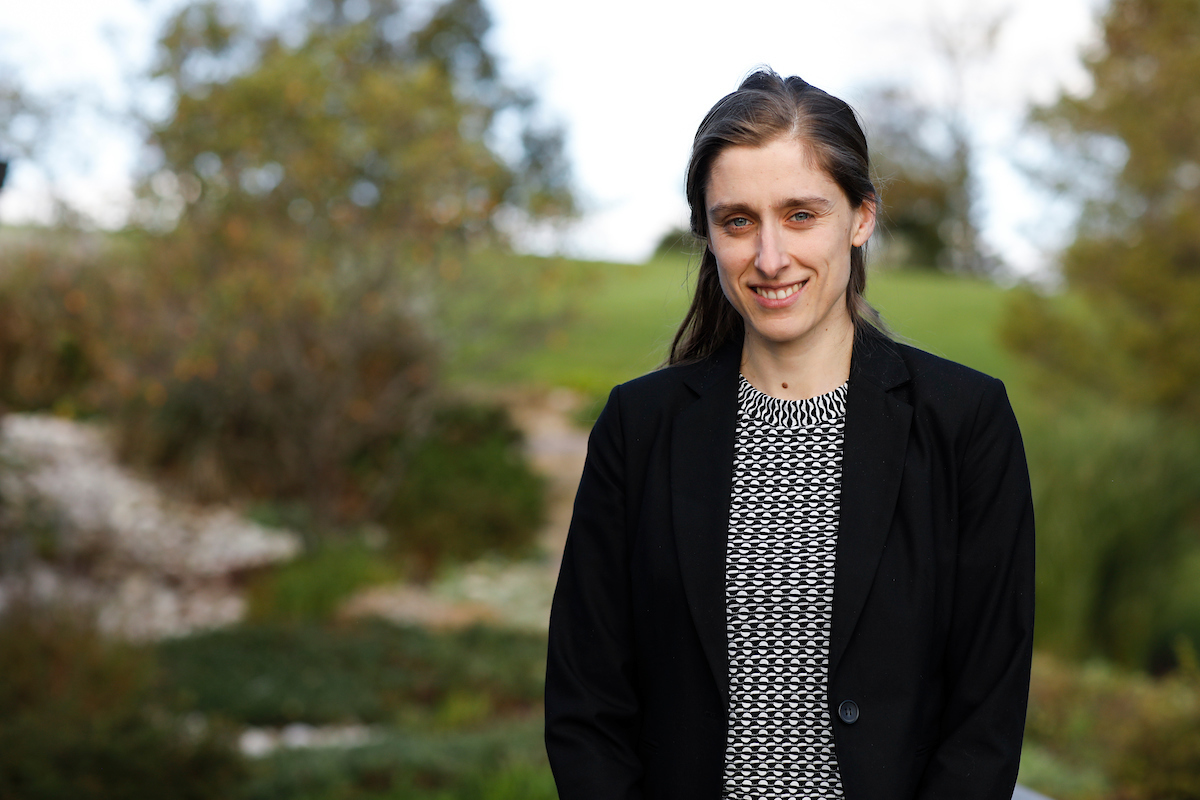
A scientist thinks about big questions, and thinks about how to answer those big questions by tackling those questions in the lab, using models, using equations. Becoming a scientist is definitely hard. Learning never stops. Being a scientist requires engagement, commitment, and motivation from day-to-day. It's a very personal journey.
—Julia Gottschalk, Columbia University
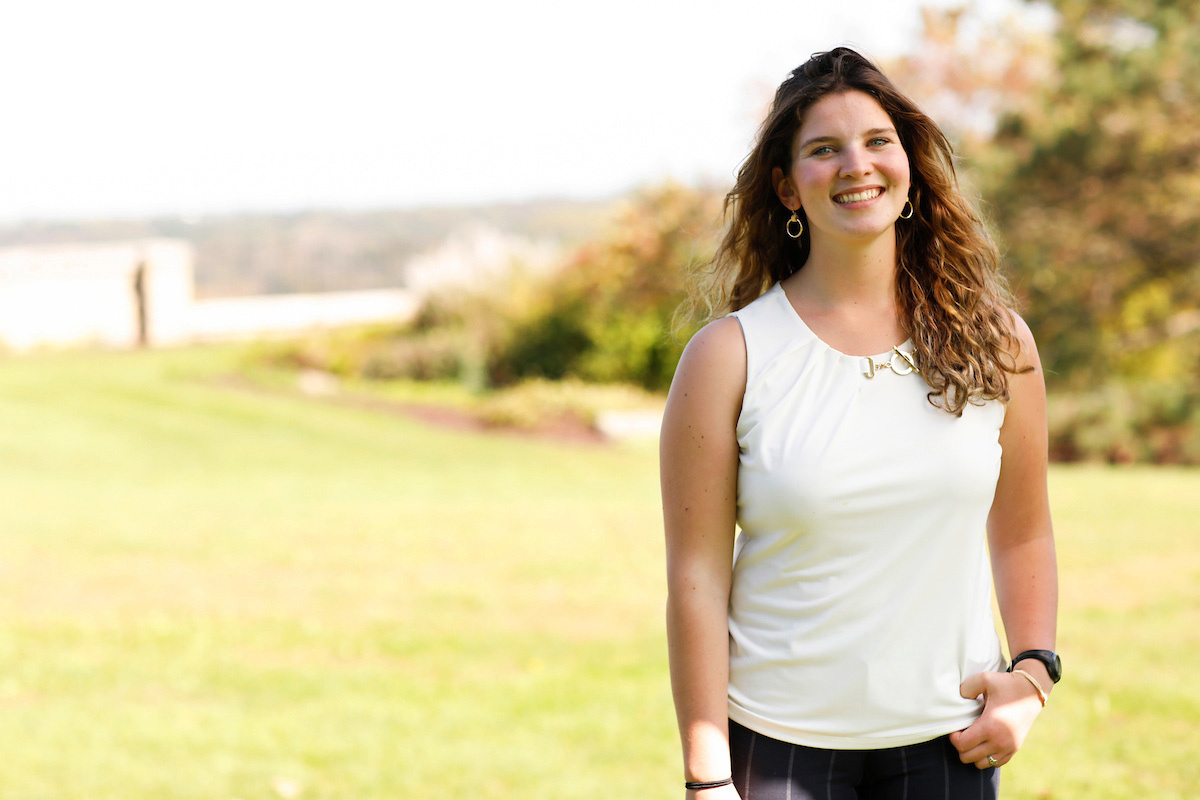
When you're following your passion, nothing is too hard. But that's not to say that it's completely without obstacles. I would say one of the hardest things in science is that you have to address material that you might not be certain about. Nothing in science really comes easily. You have to commit yourself to looking at things in new and different ways than what you're used to. You have to be okay with knowing that you don't always know. That's when you can be free to start looking into the questions and develop a new way of thinking. It’s not always easy, but it's worthwhile to pursue a career in science.
—Laura Mattas, University of Maine
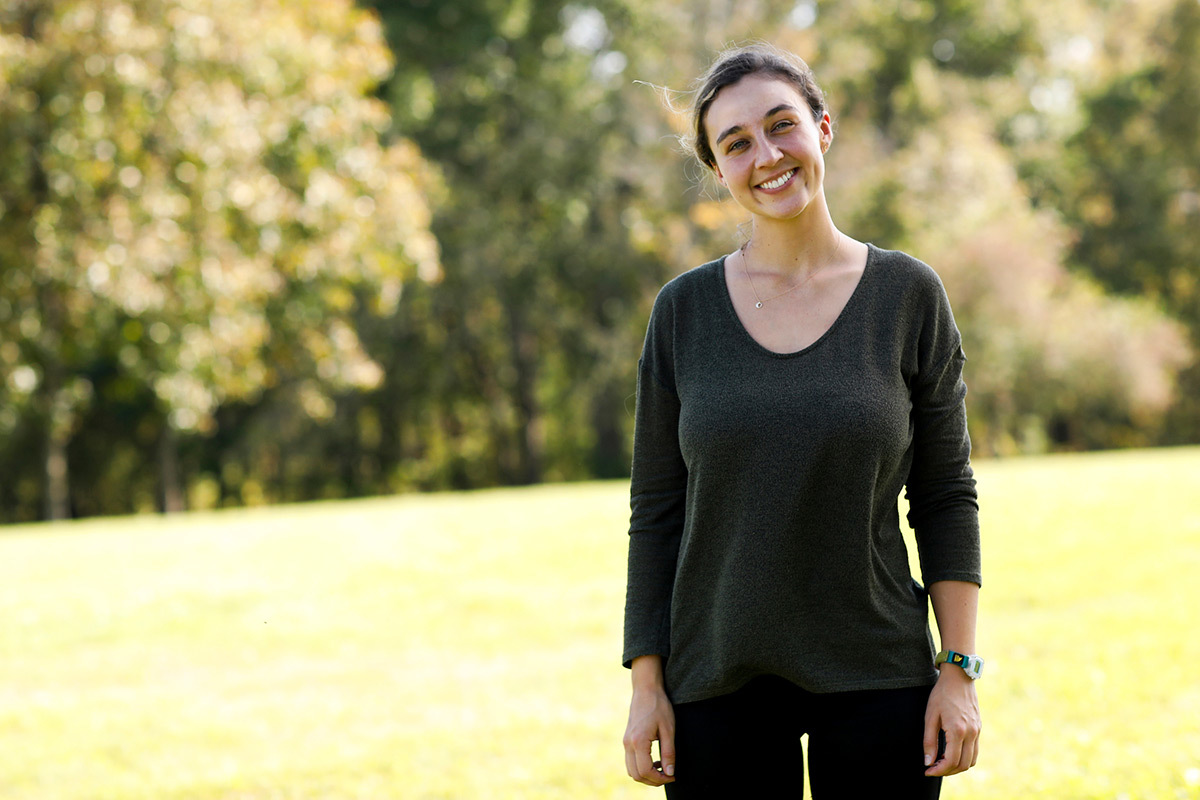
I would say it was harder than I thought. There was no direct path that I could see when I was in high school. I knew that I liked science the labs that we did in high school science class. My aunt and uncle were middle school earth science teachers. They always took us hiking, so I knew I also liked the outdoors. I did not know how to put that together when I went to college. I decided to go on the geology track. I had to take a couple more classes per semester than I wanted to at the end, which was hard. I eventually got there.
—Tess Walther, University of Maine



